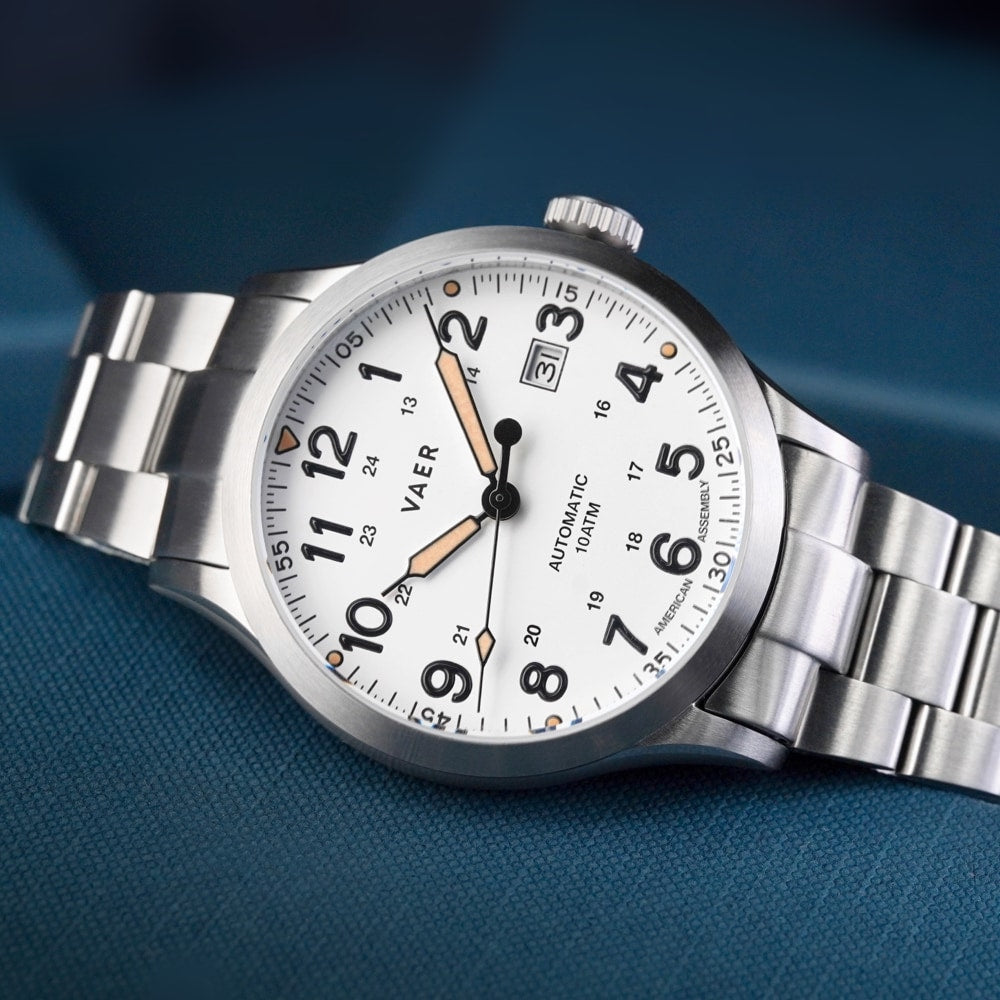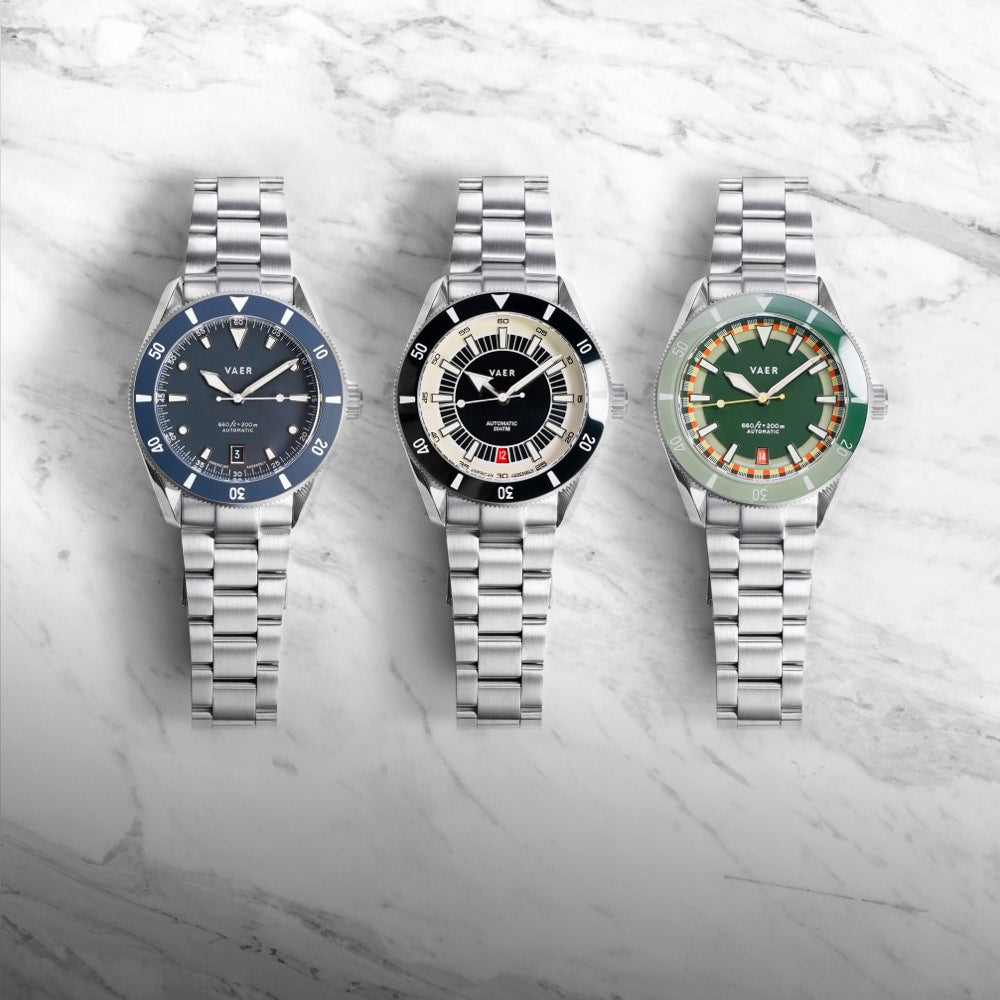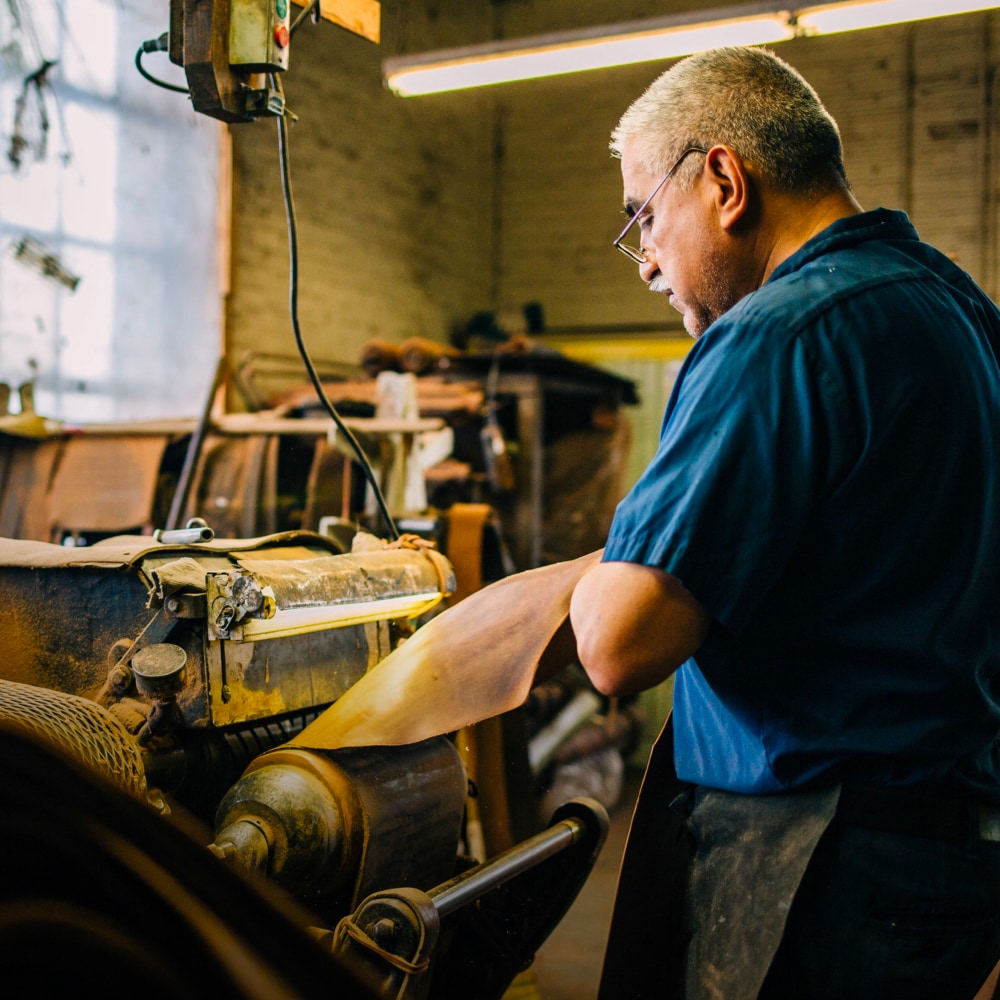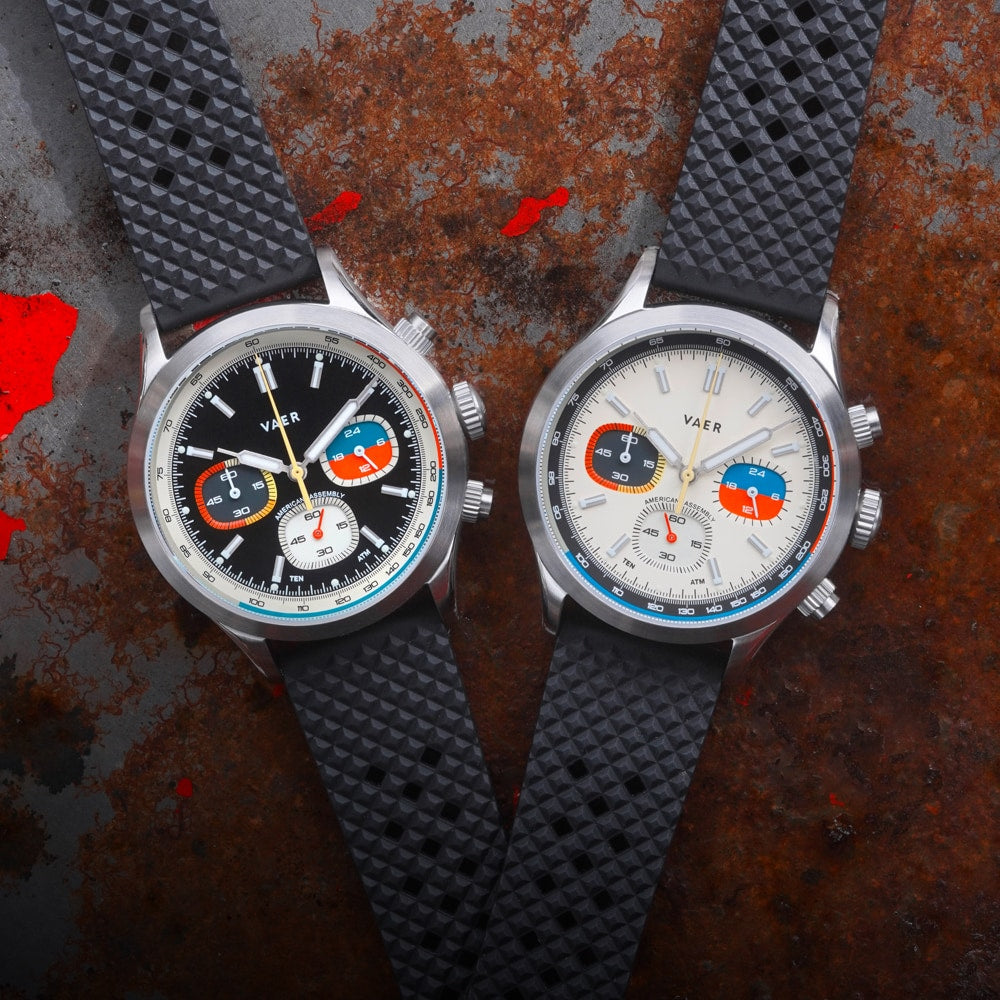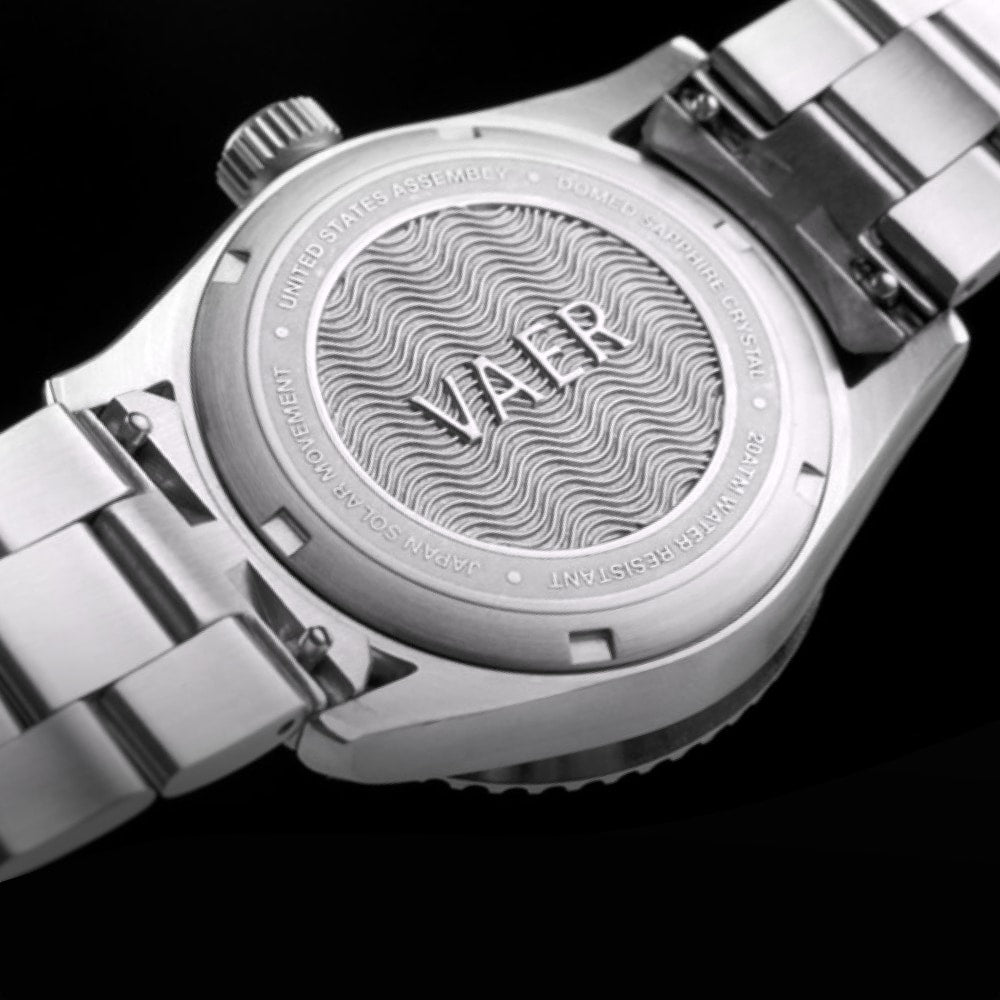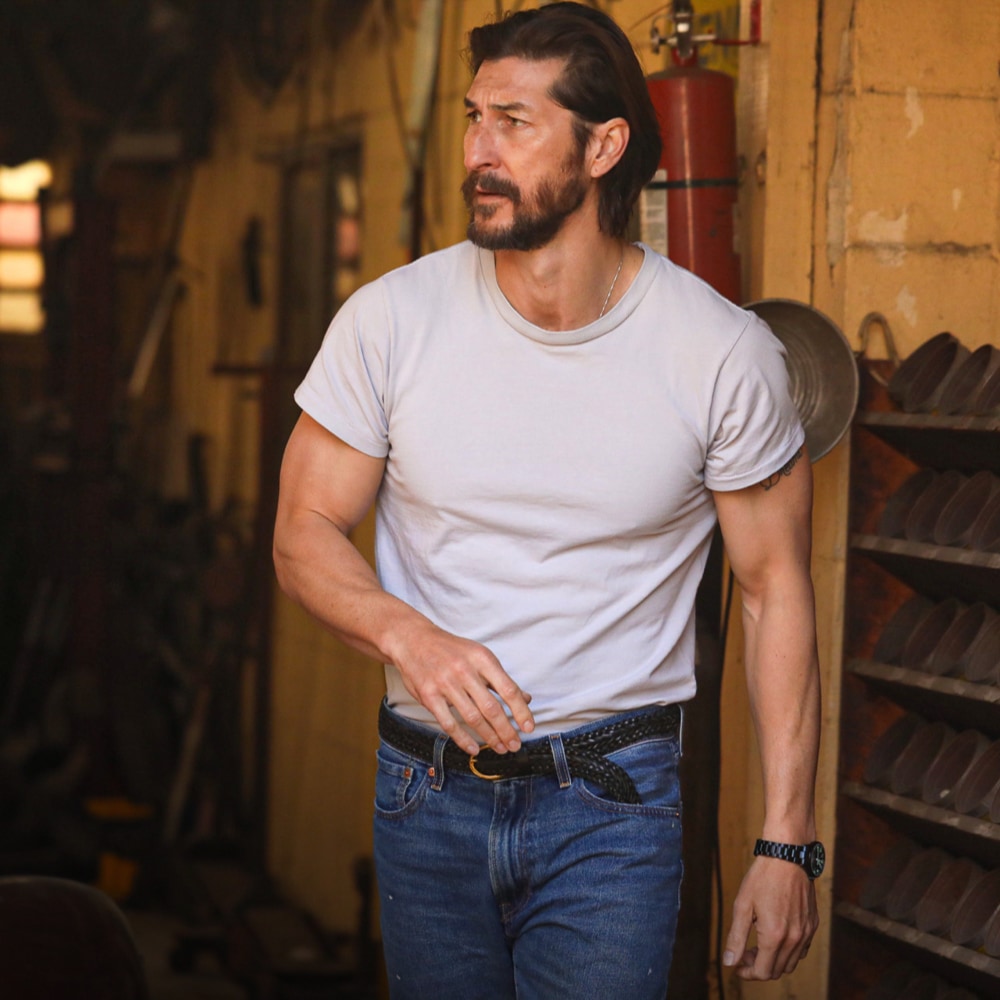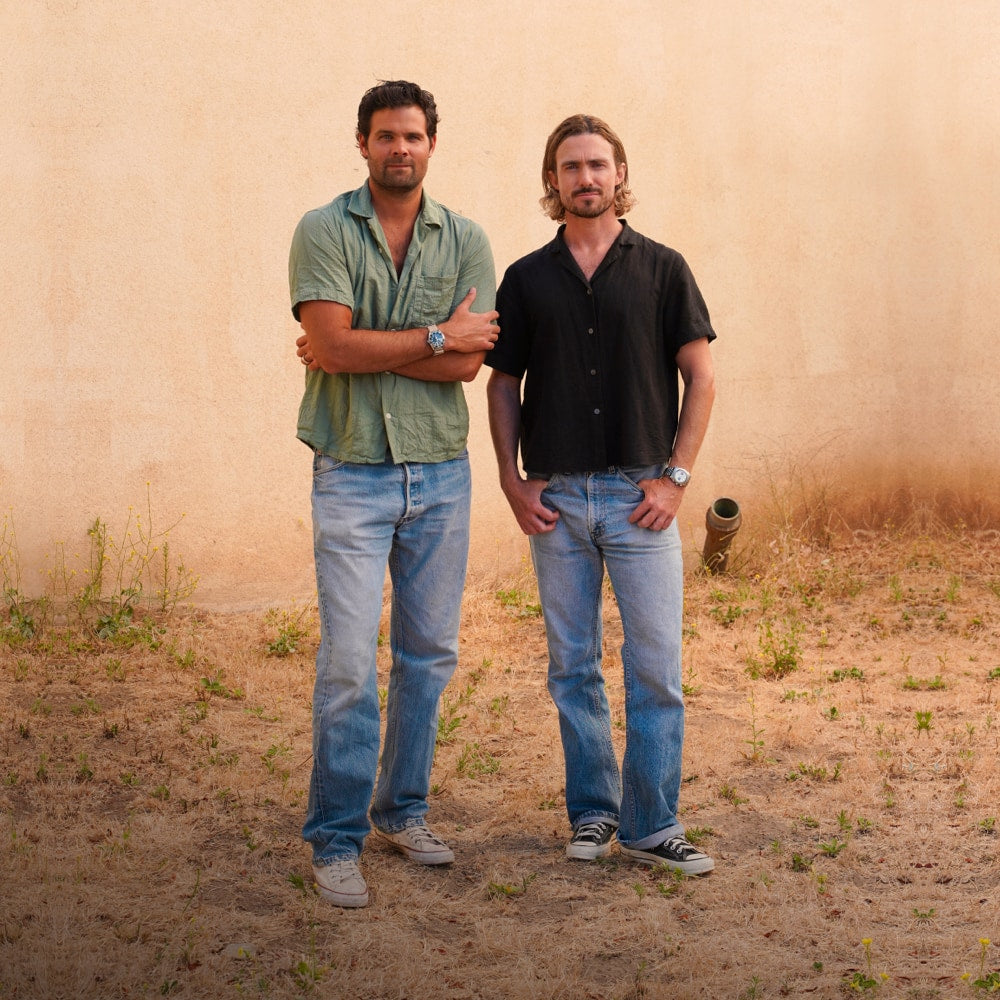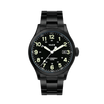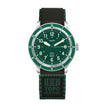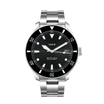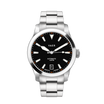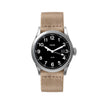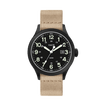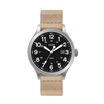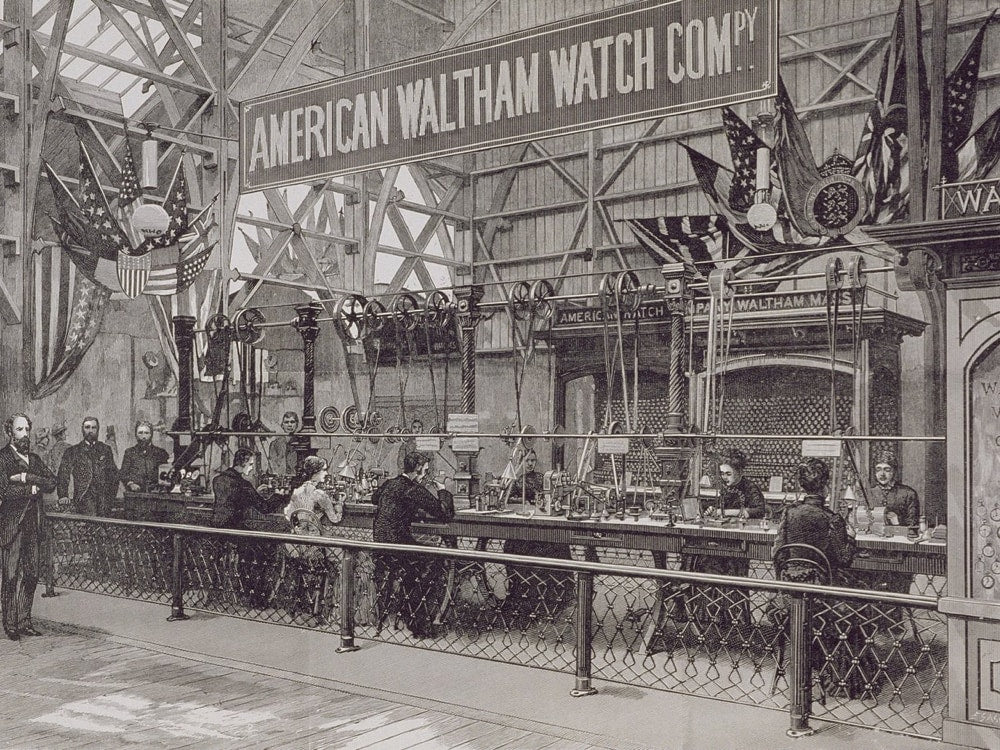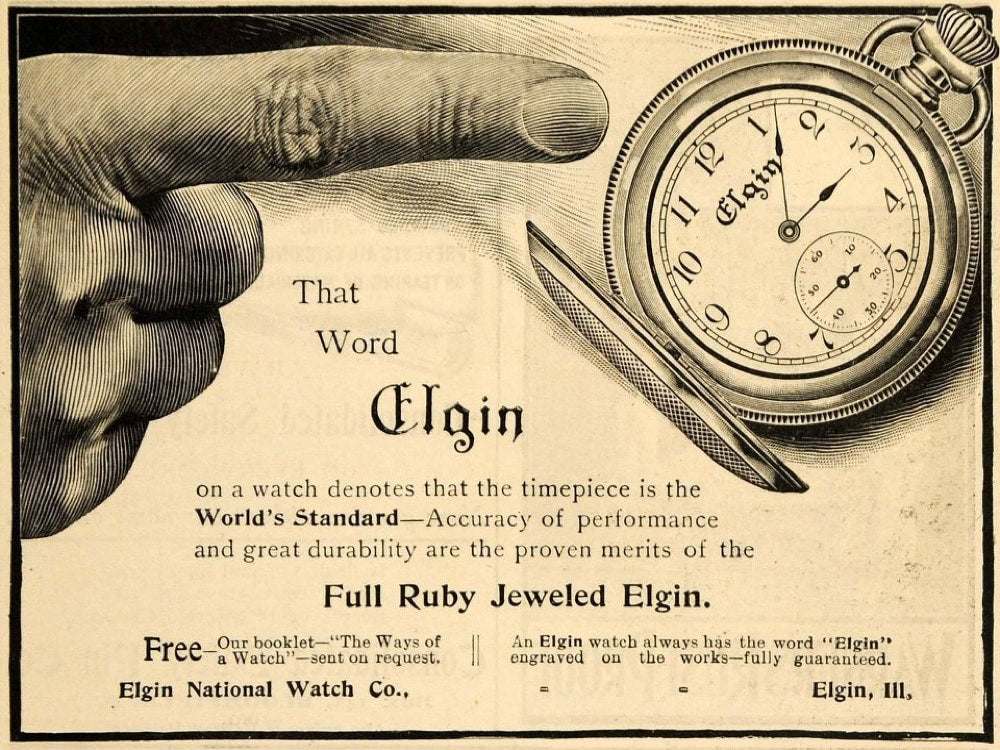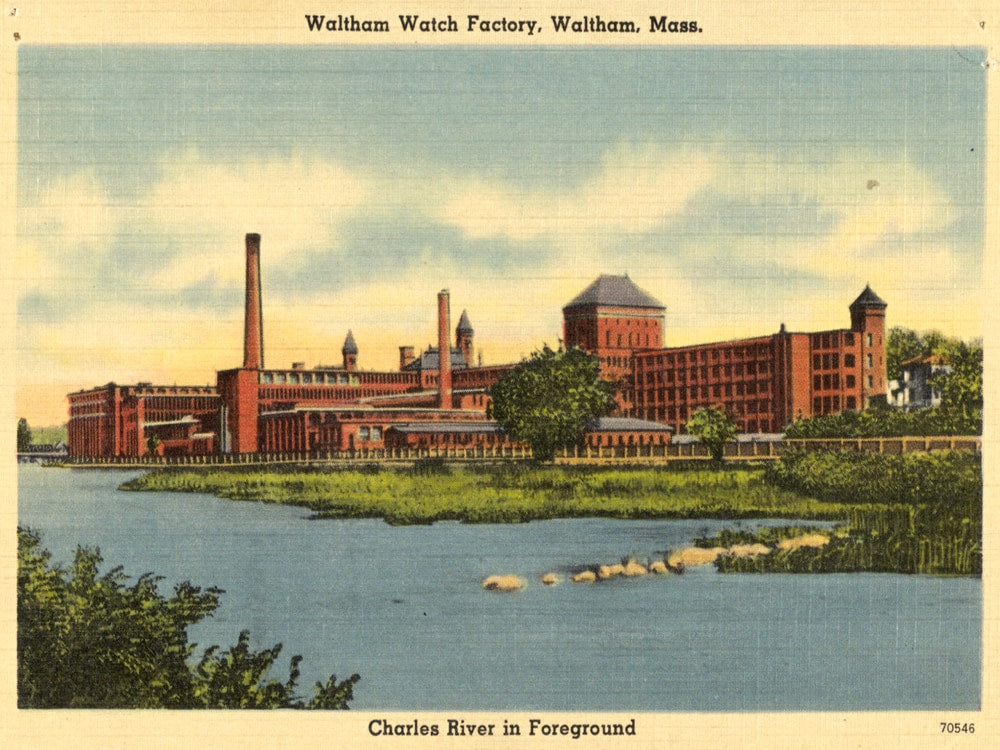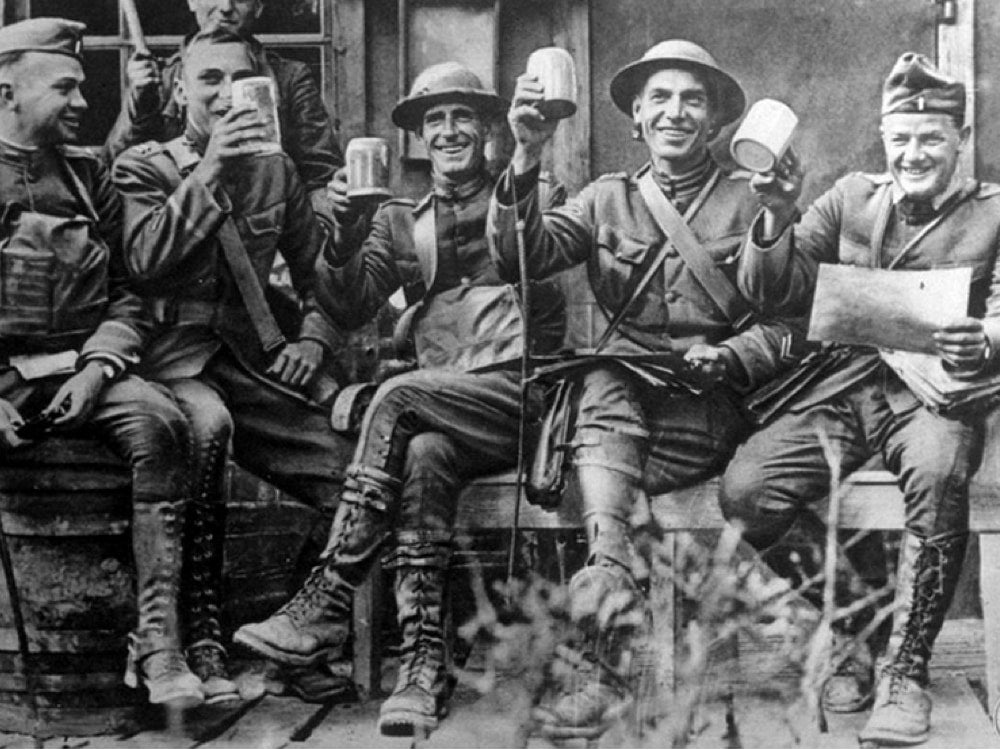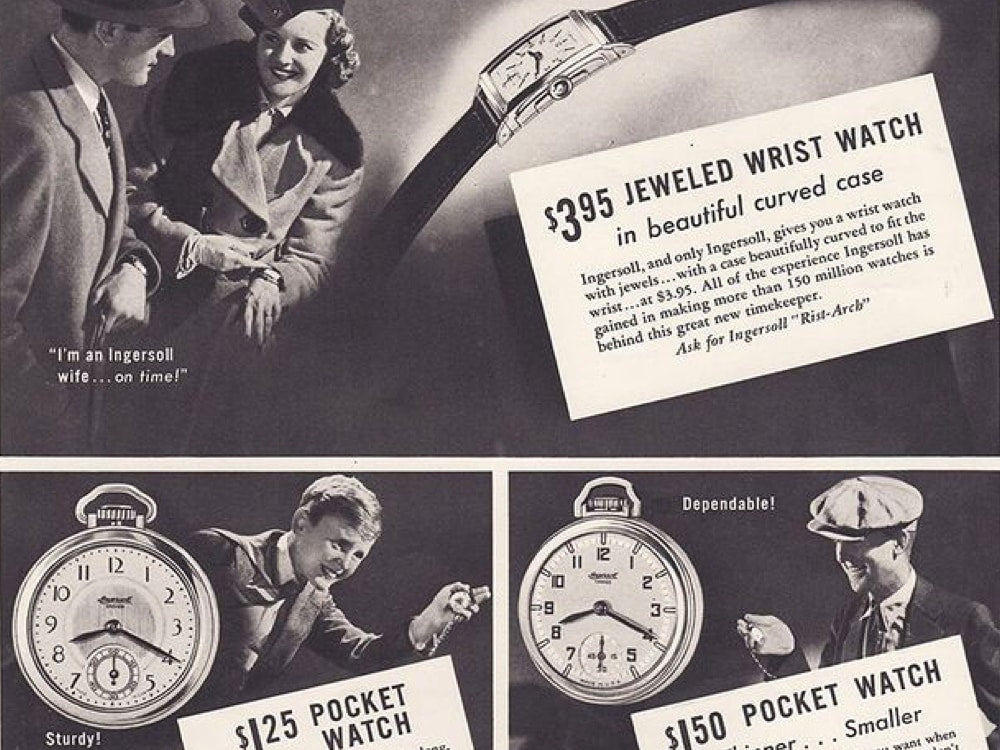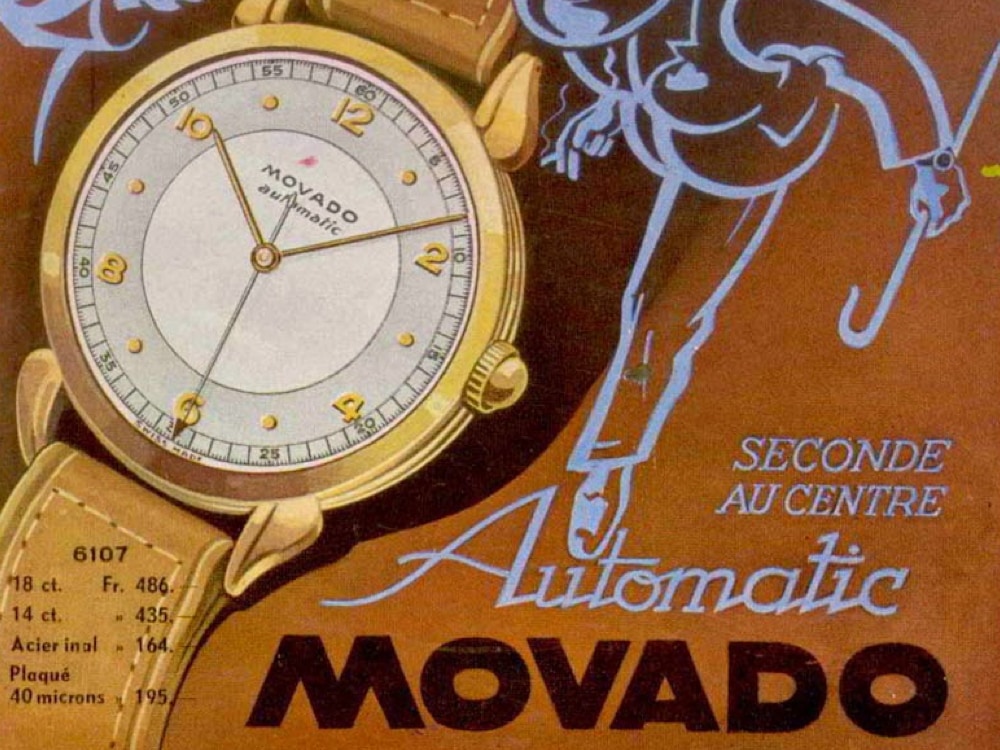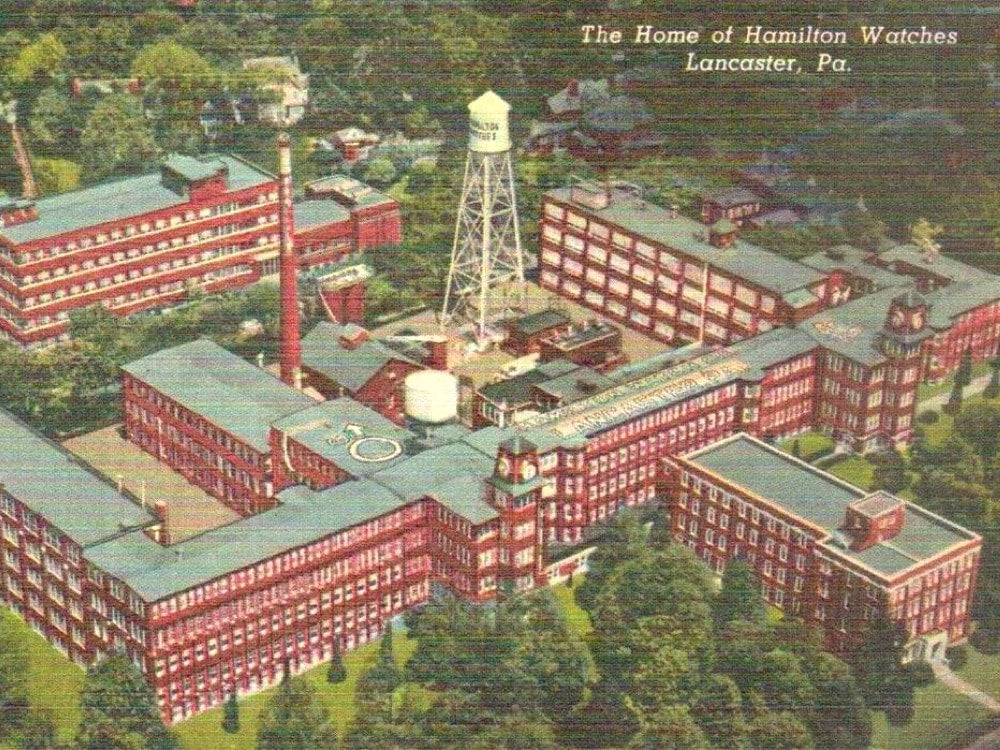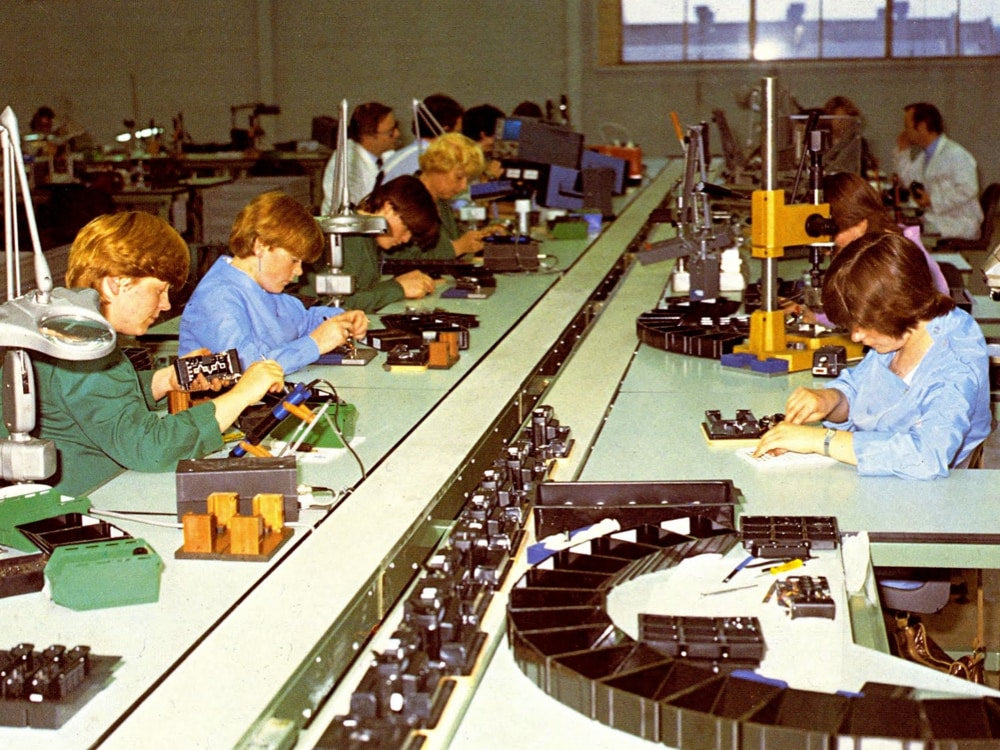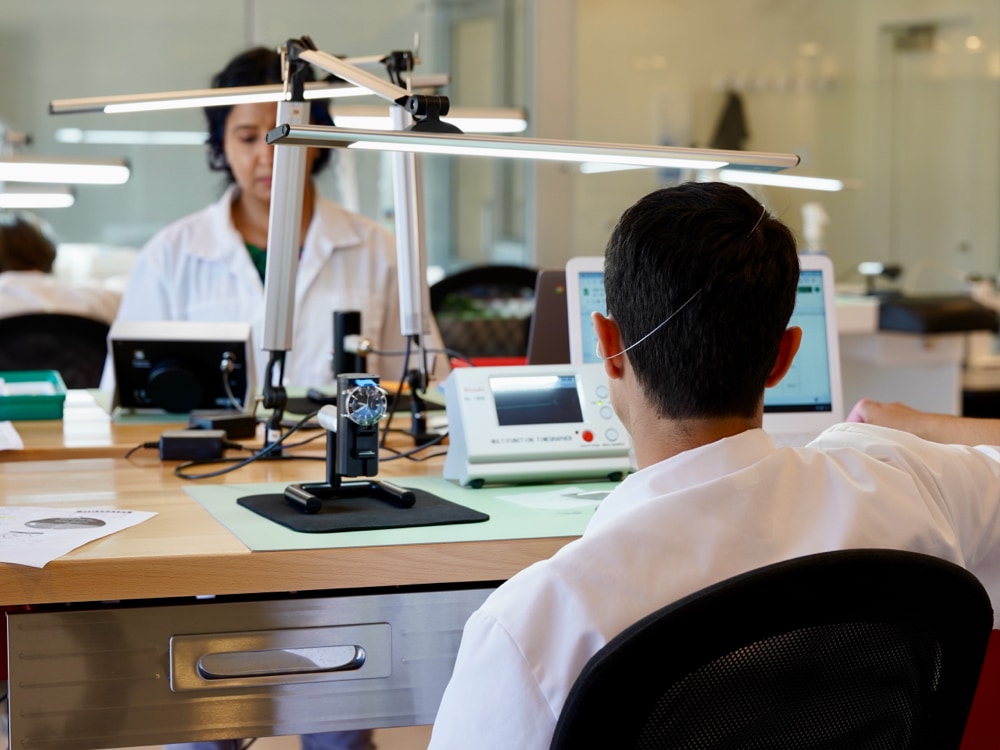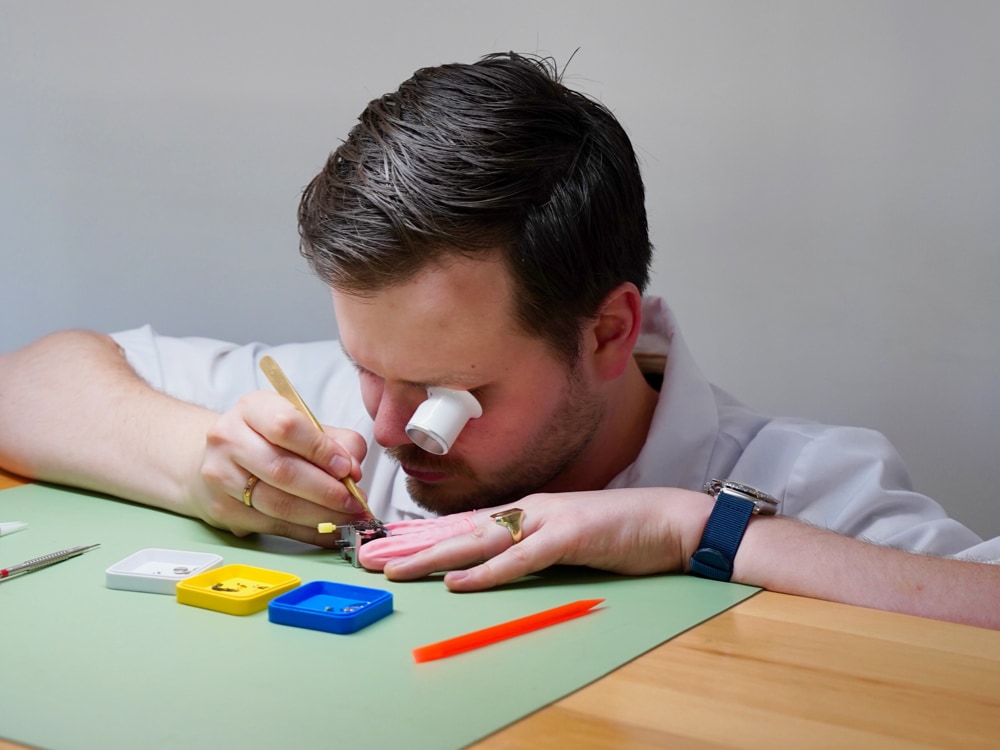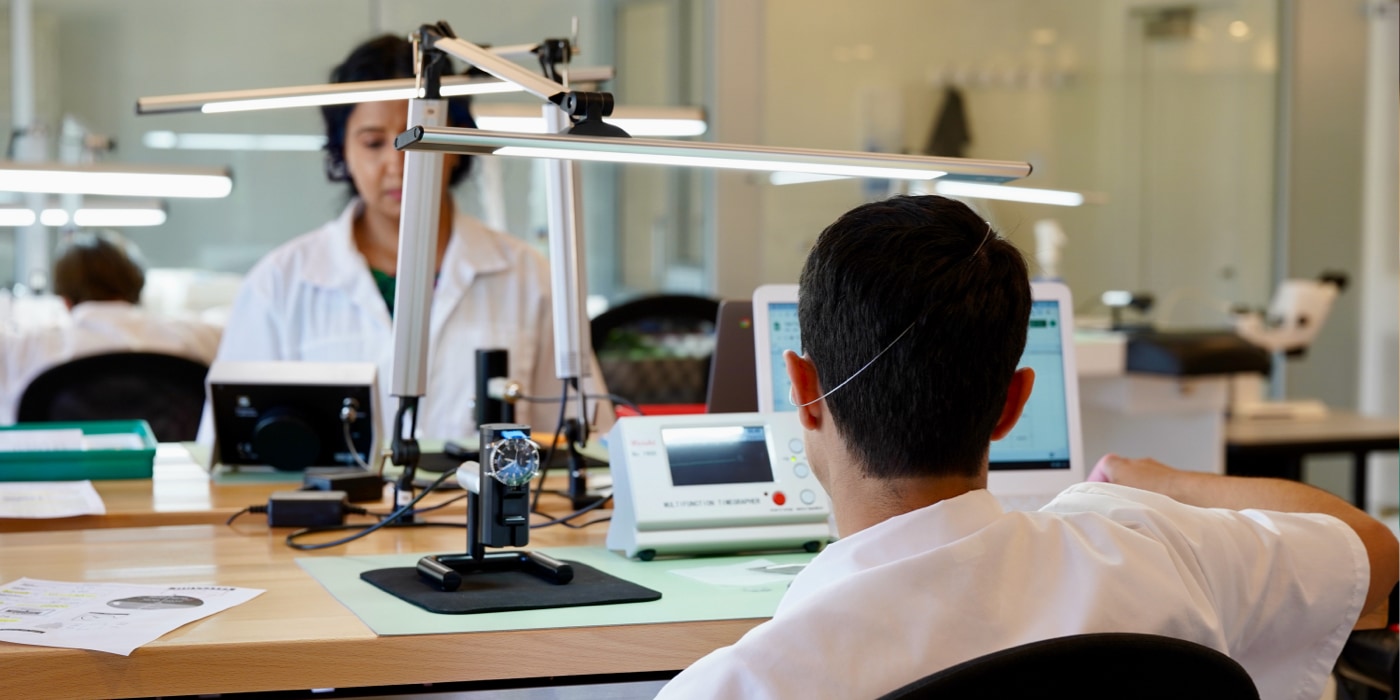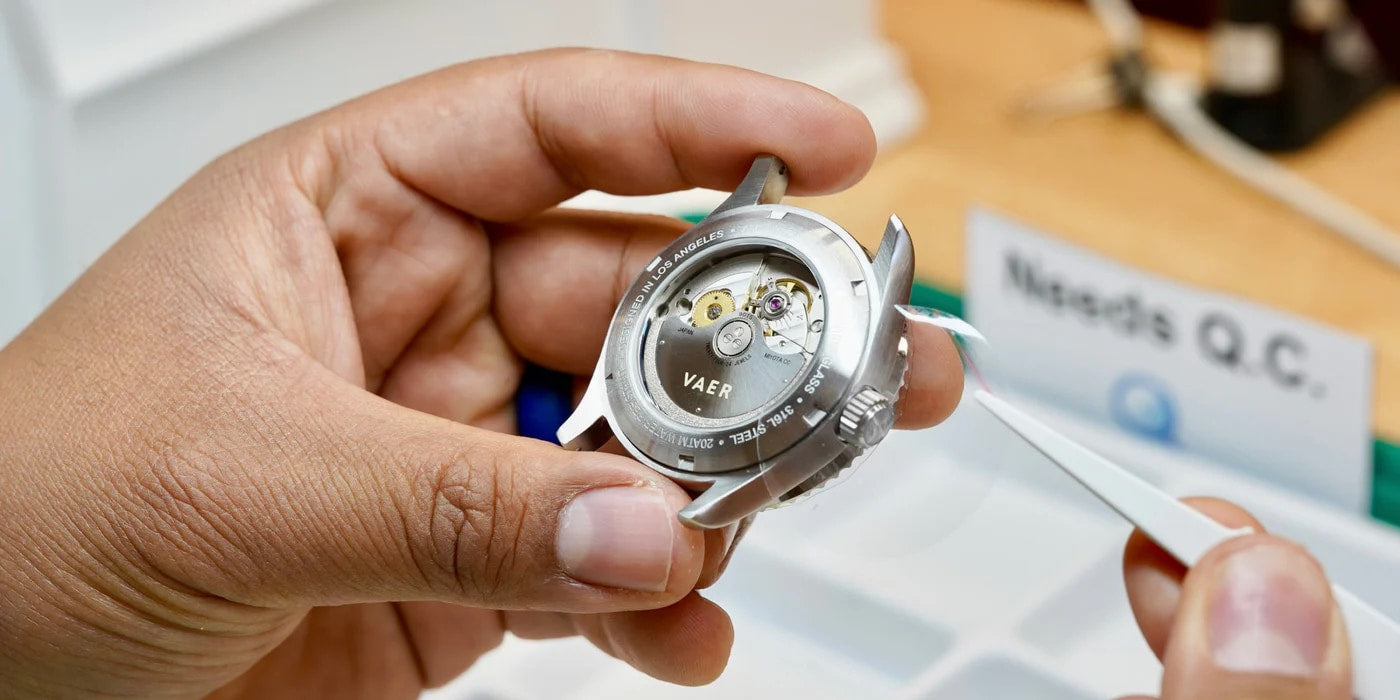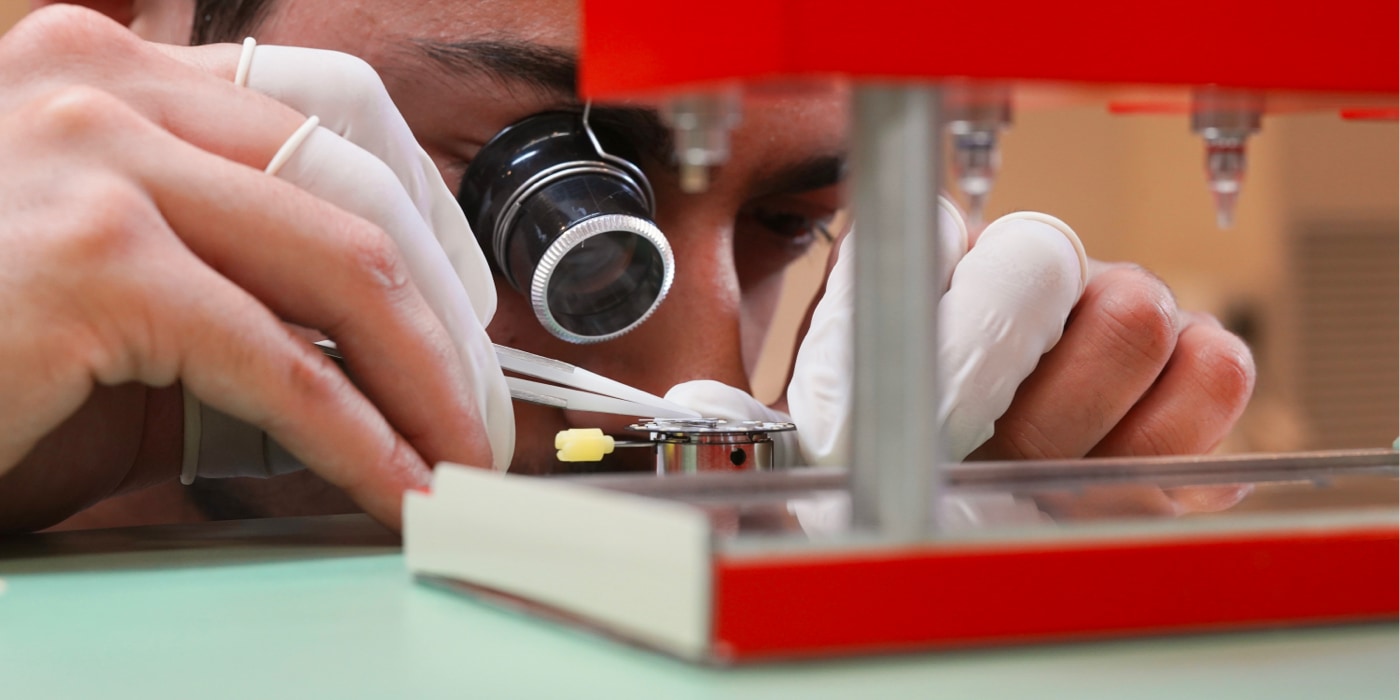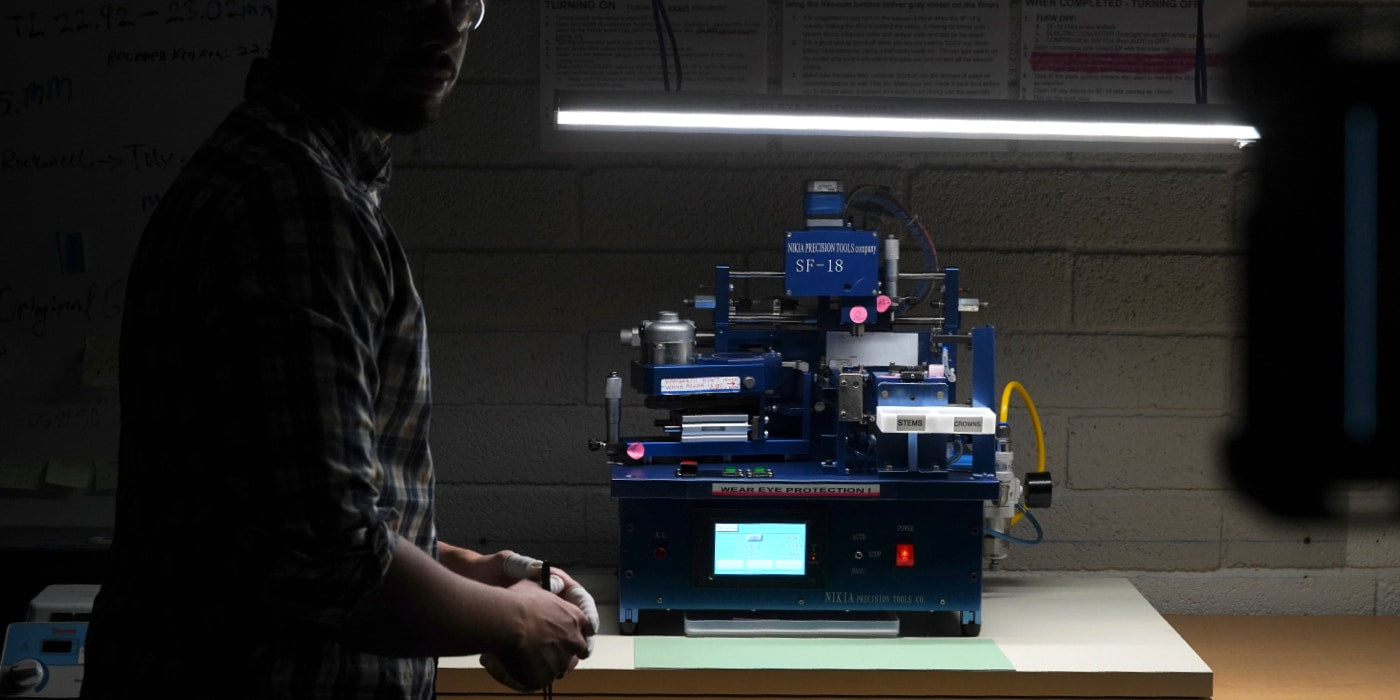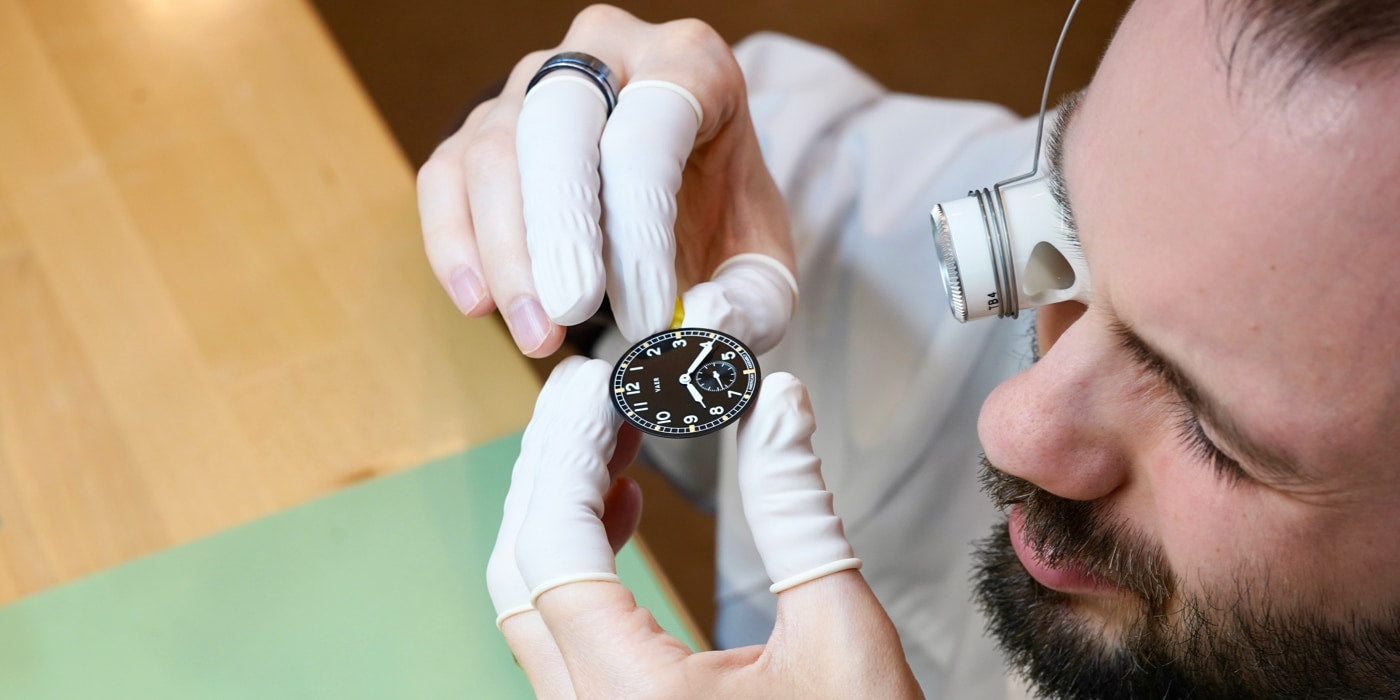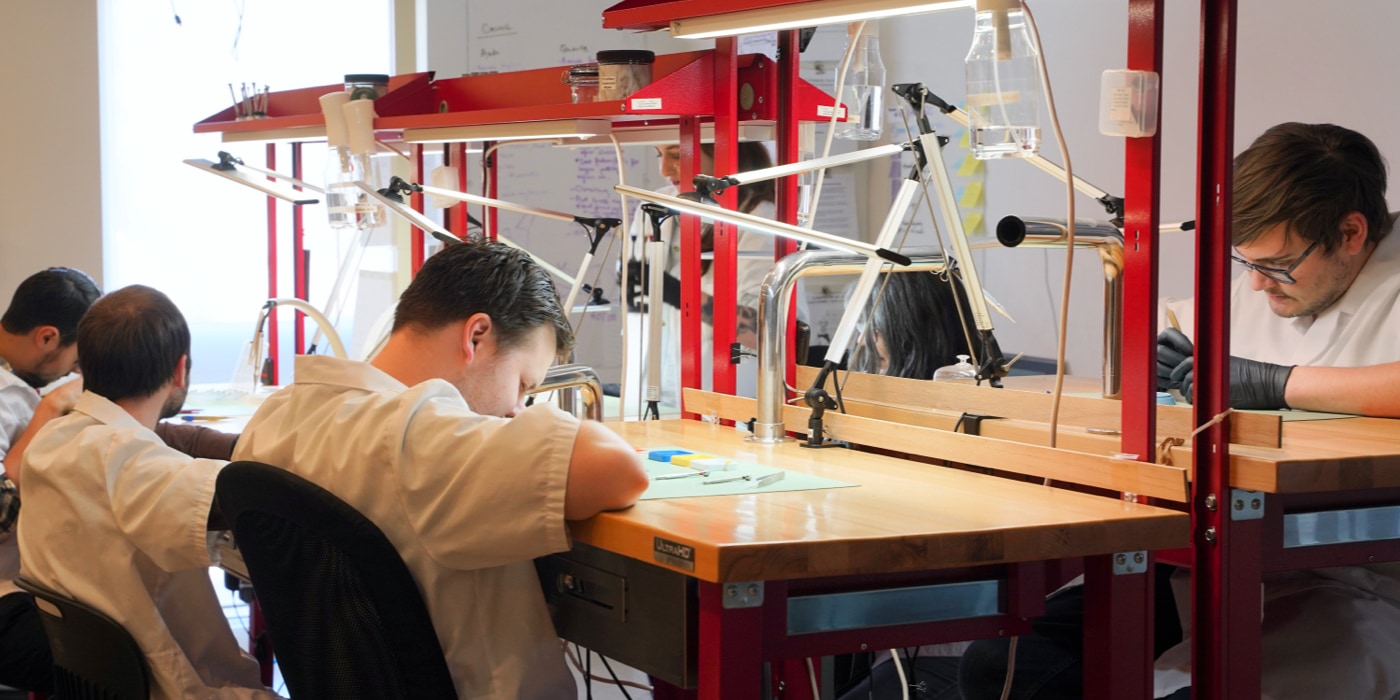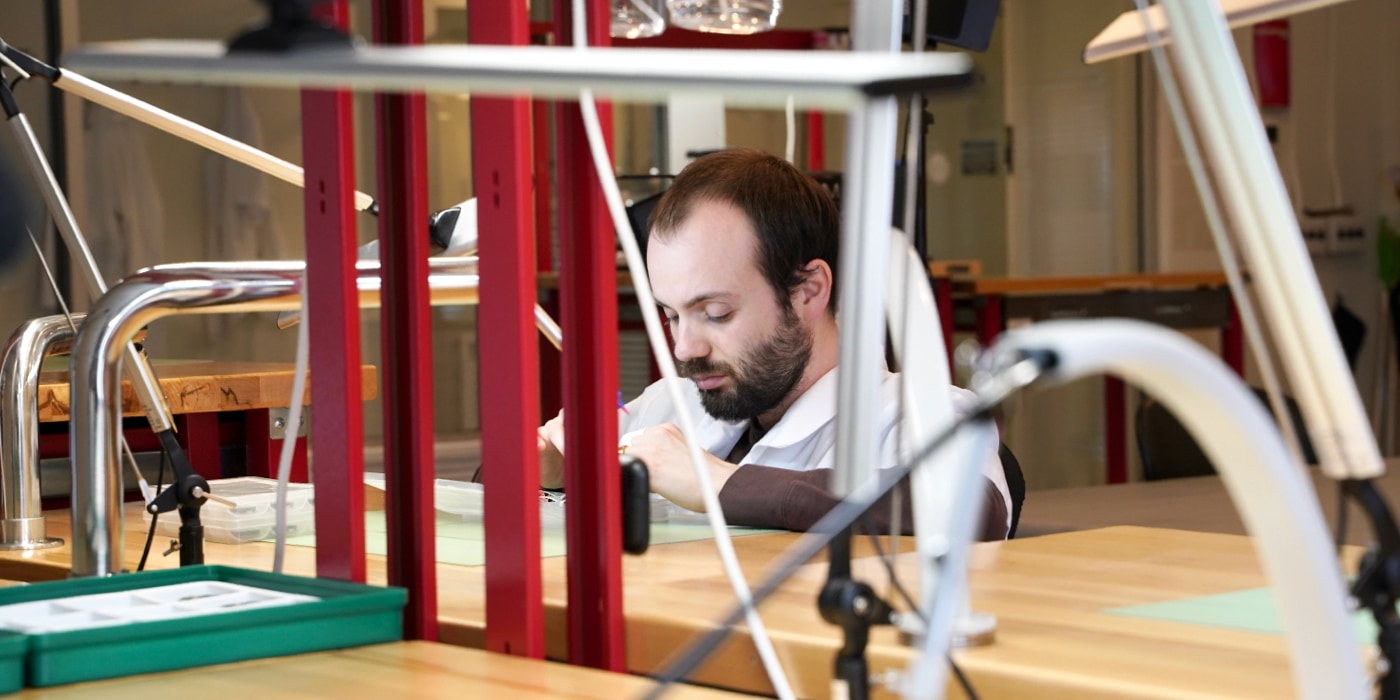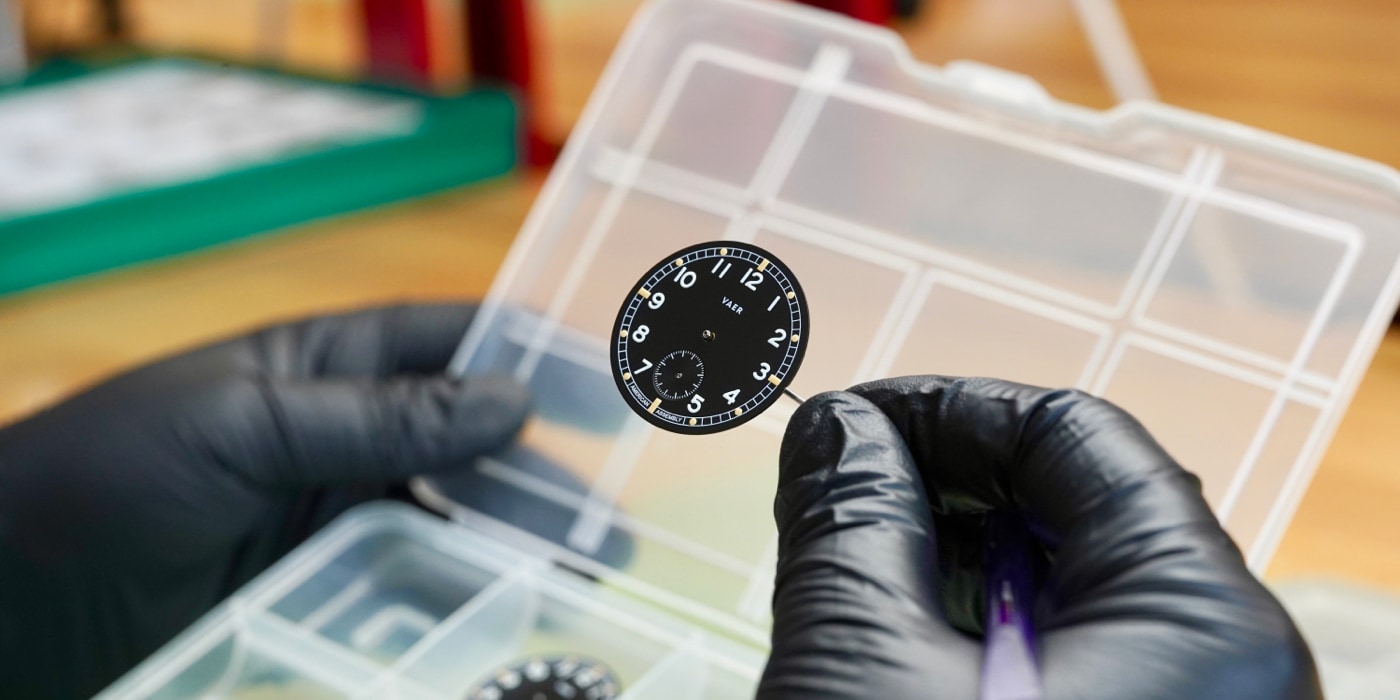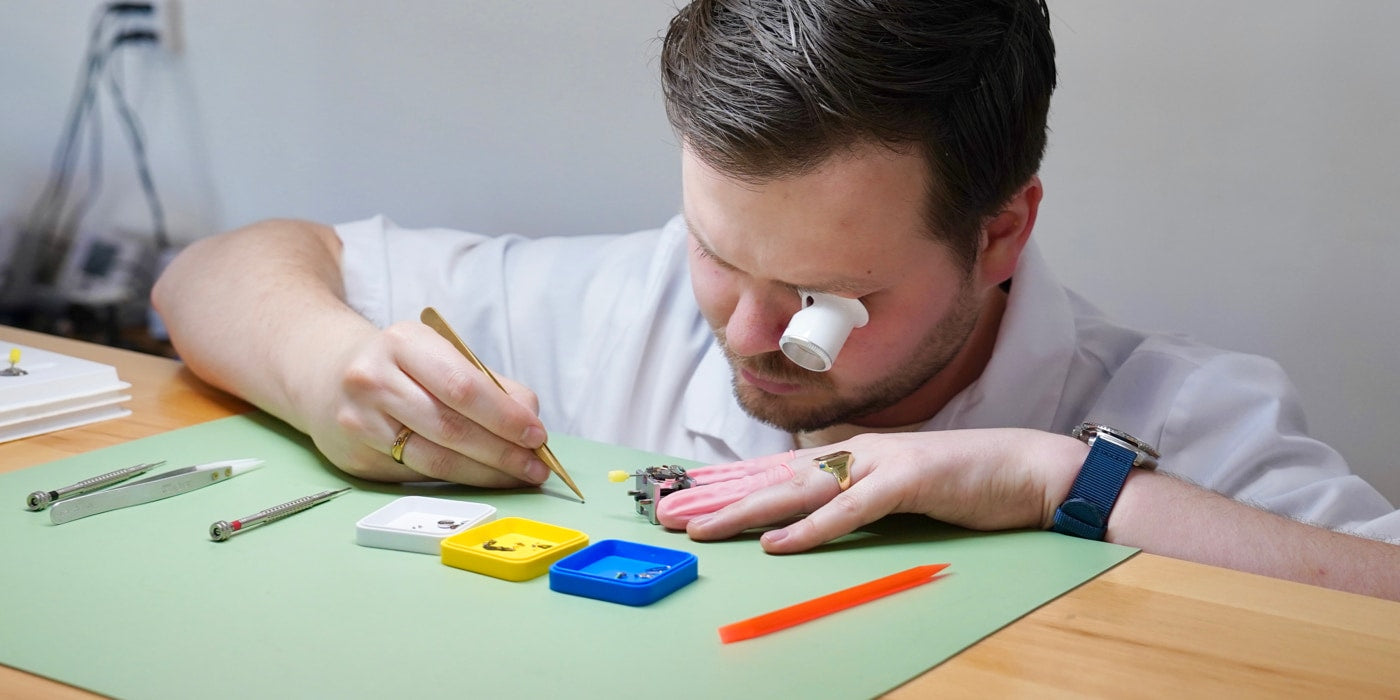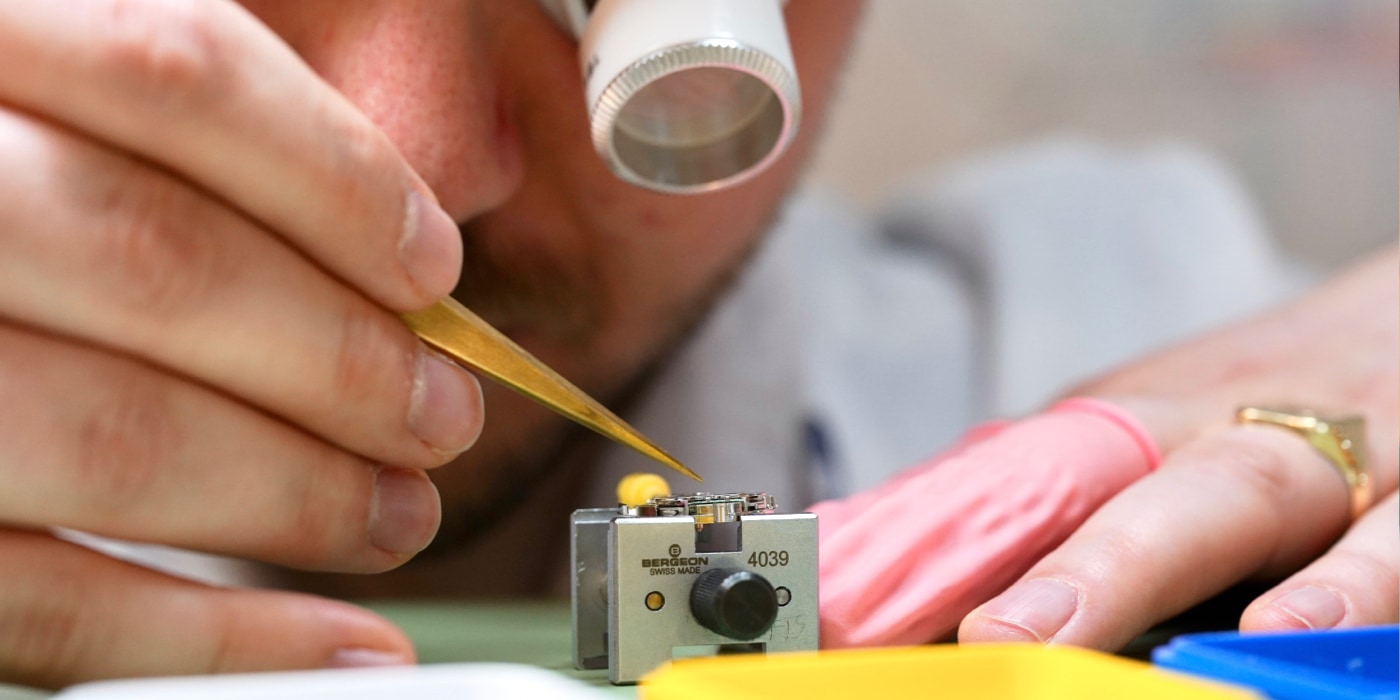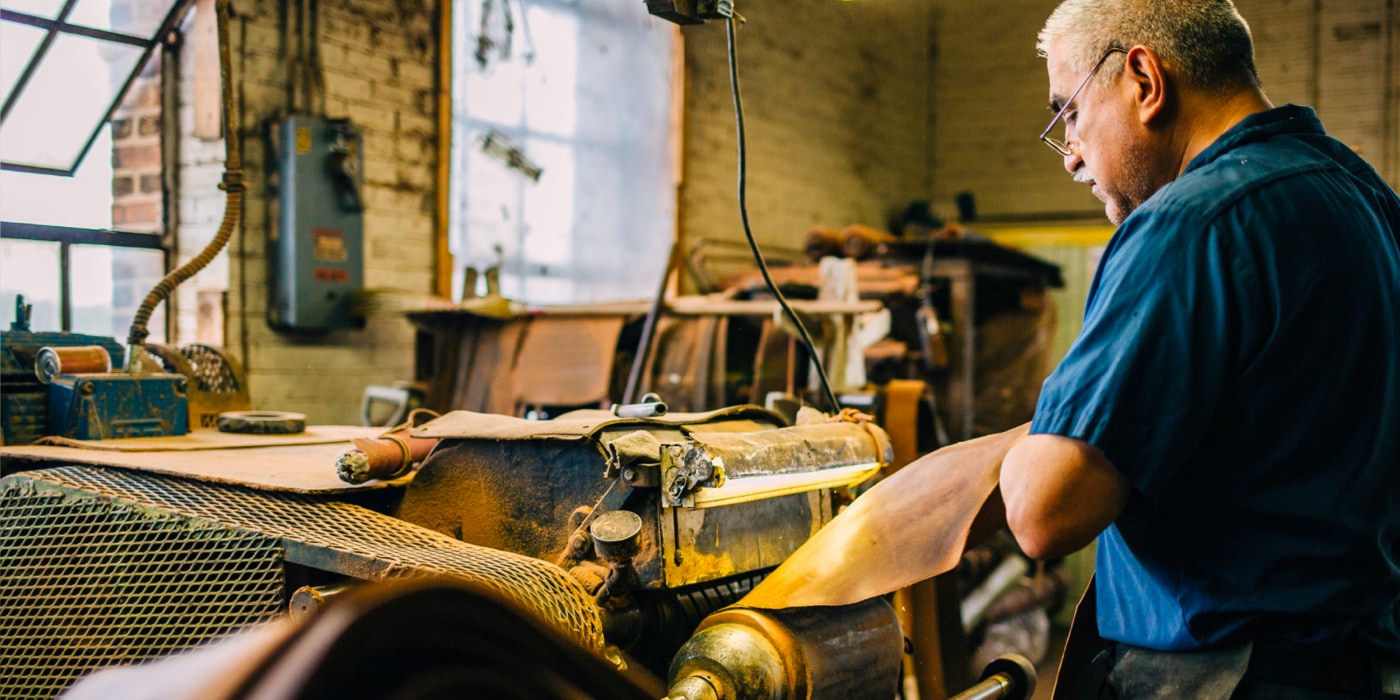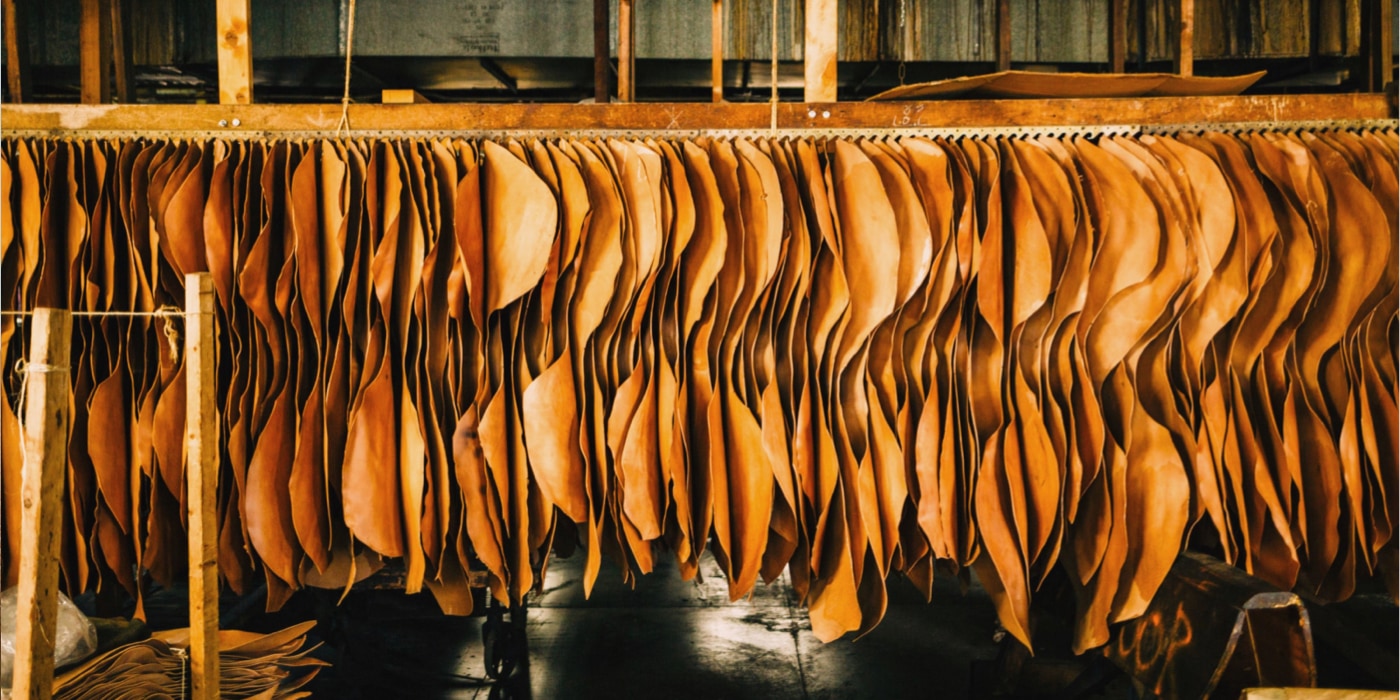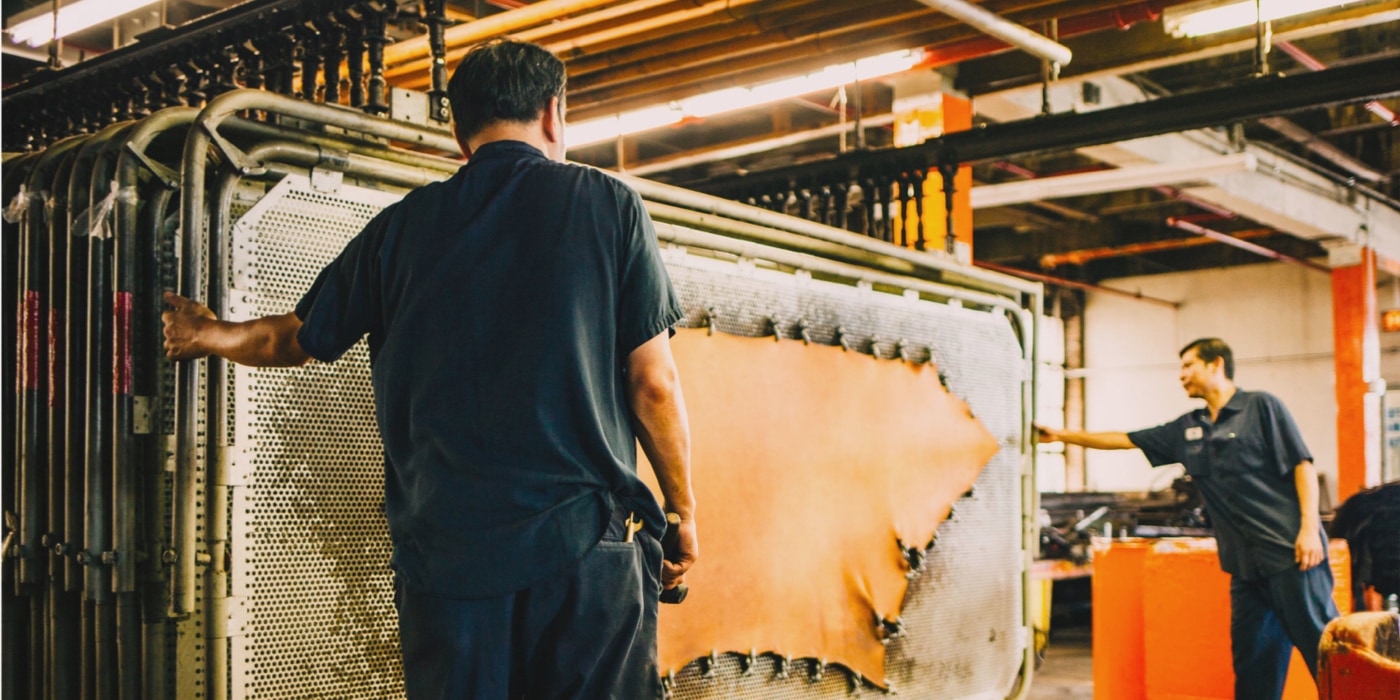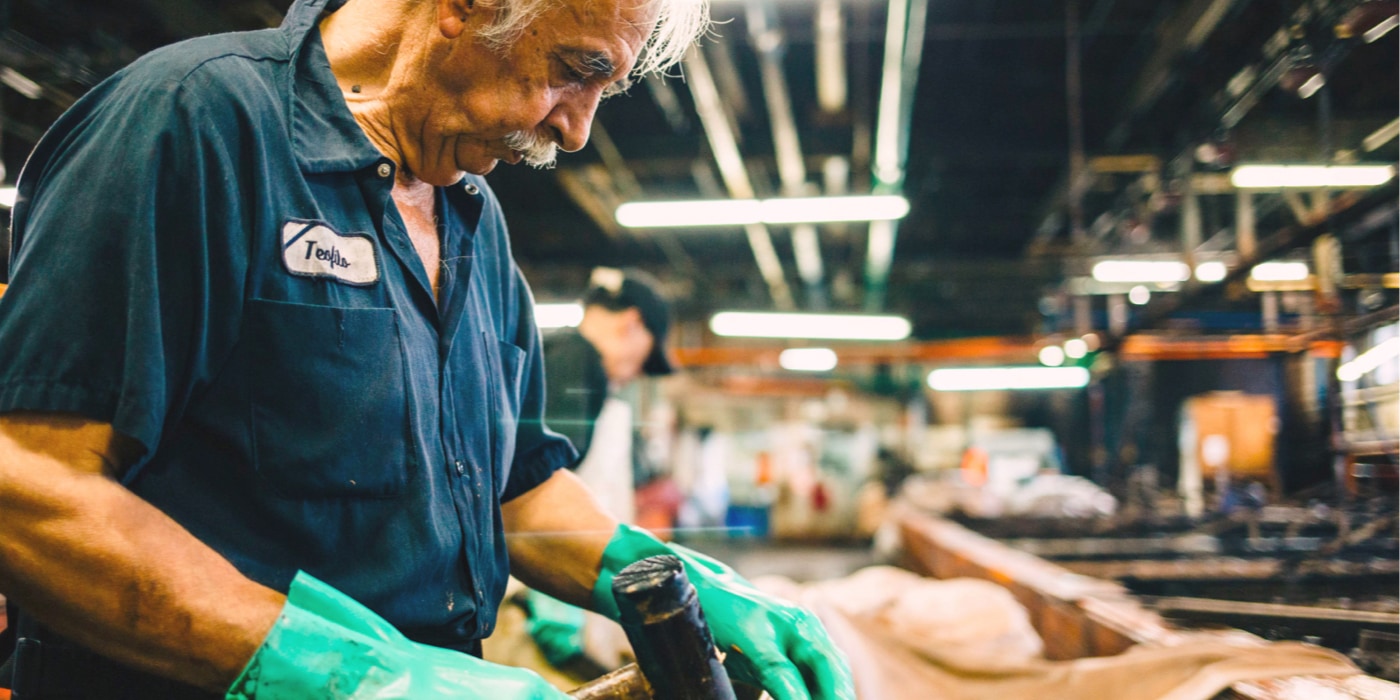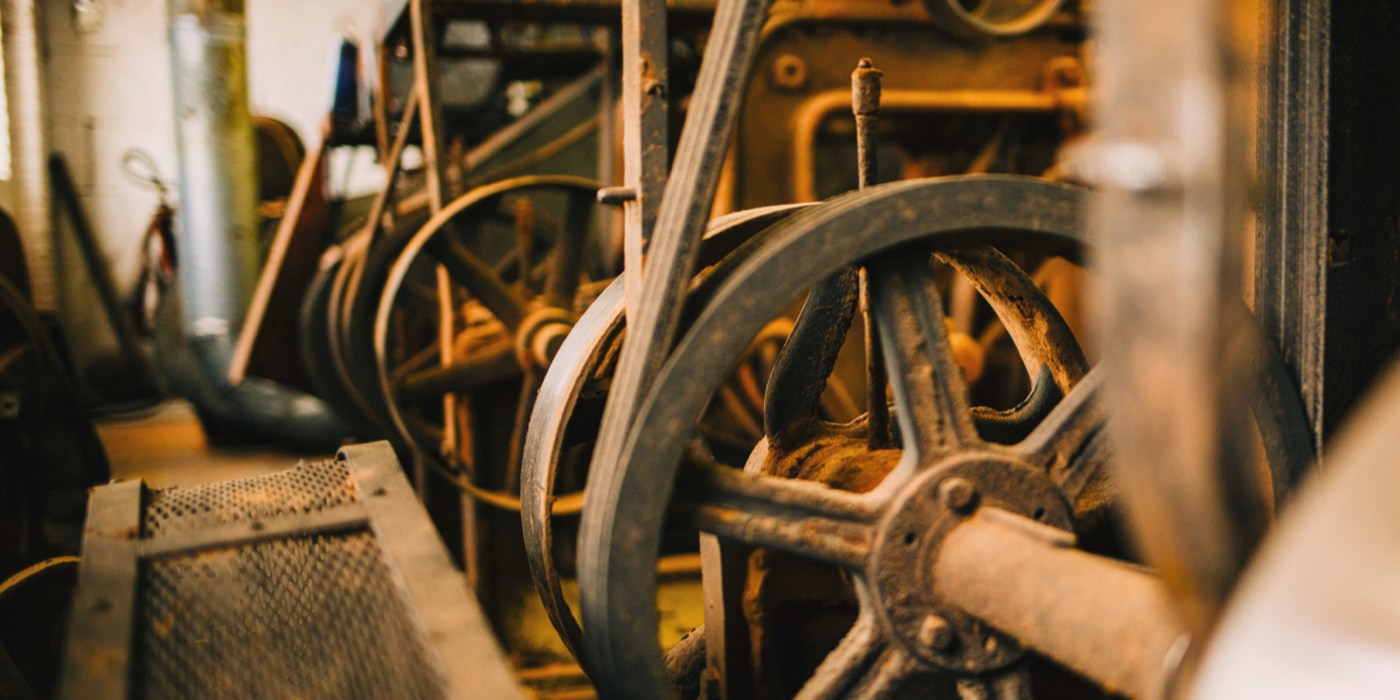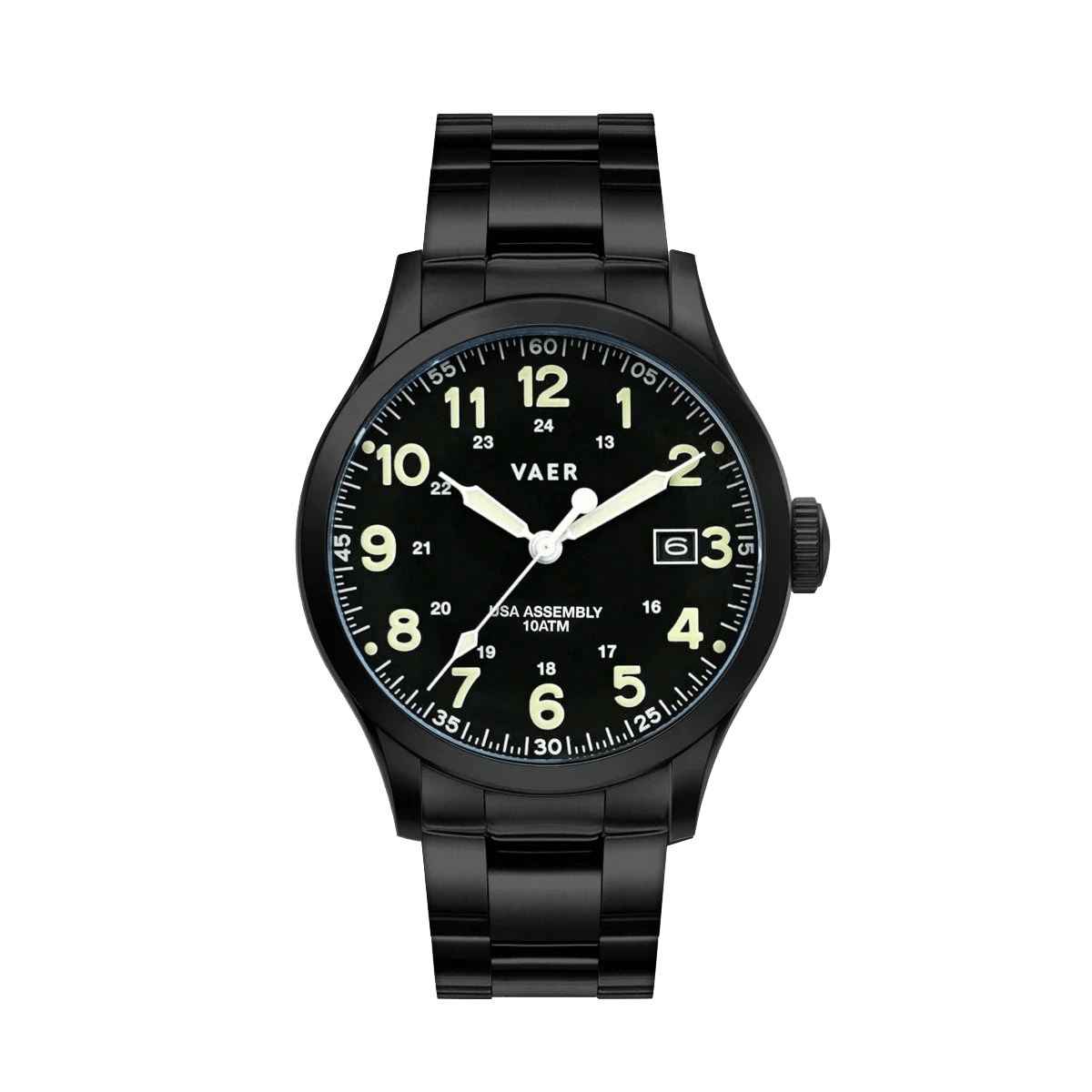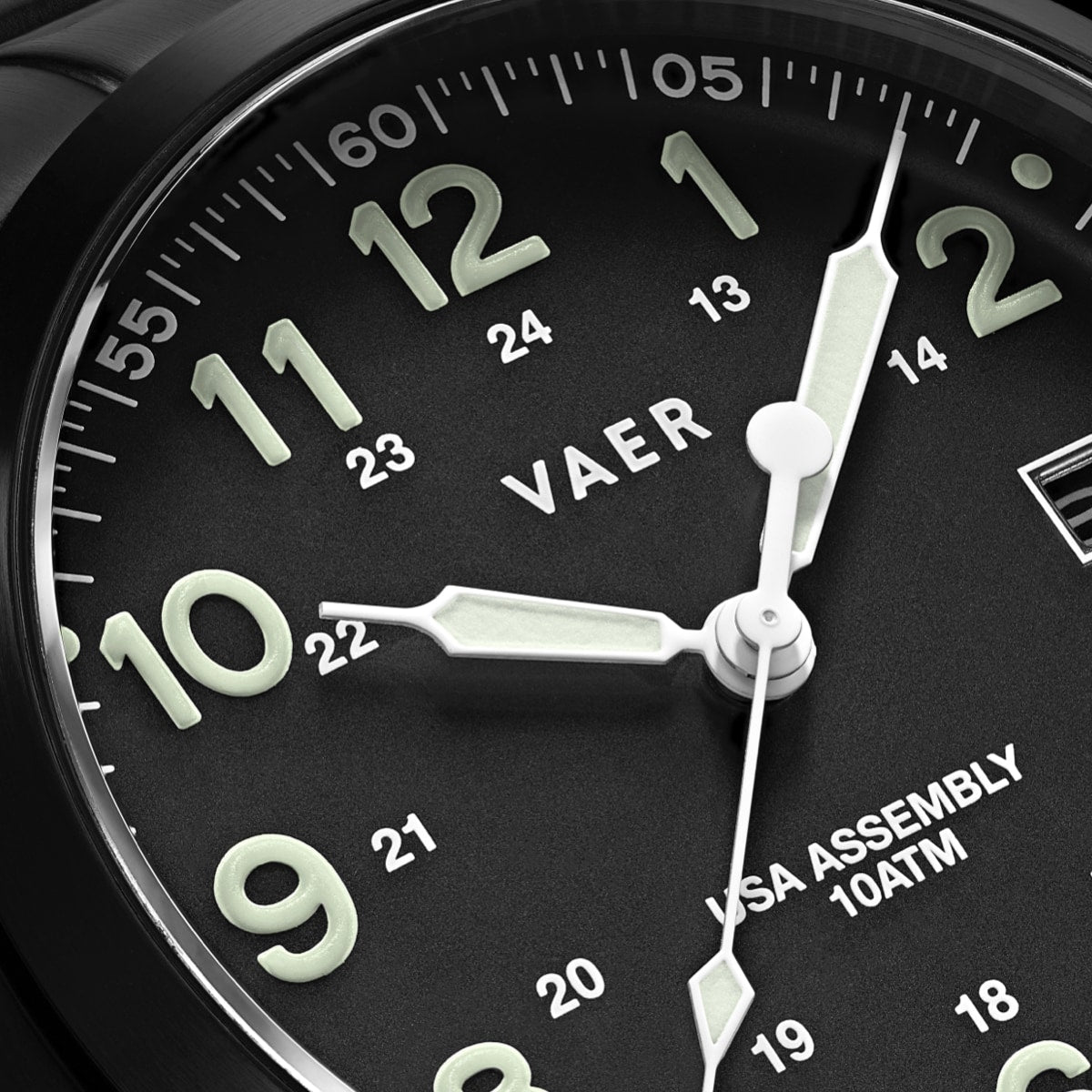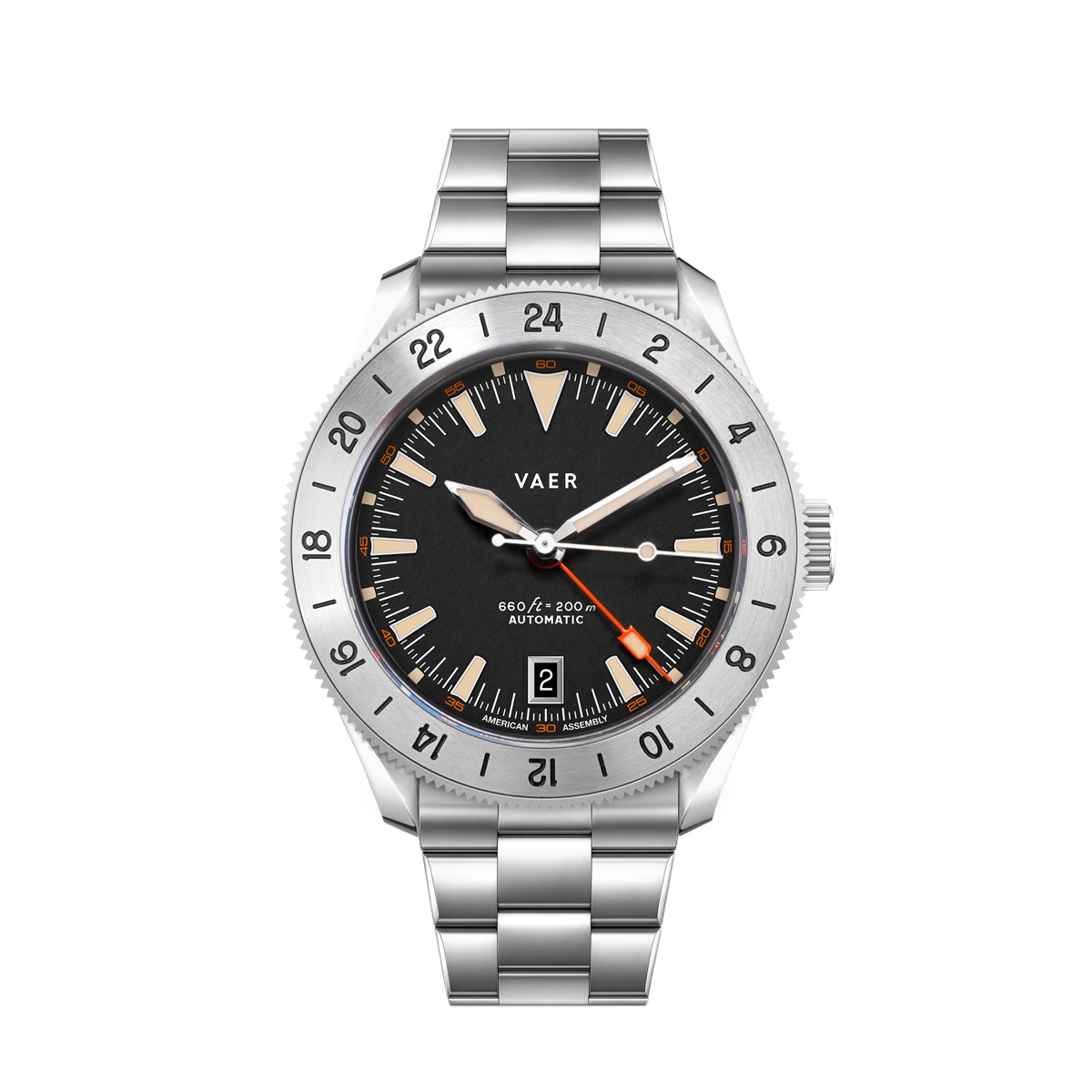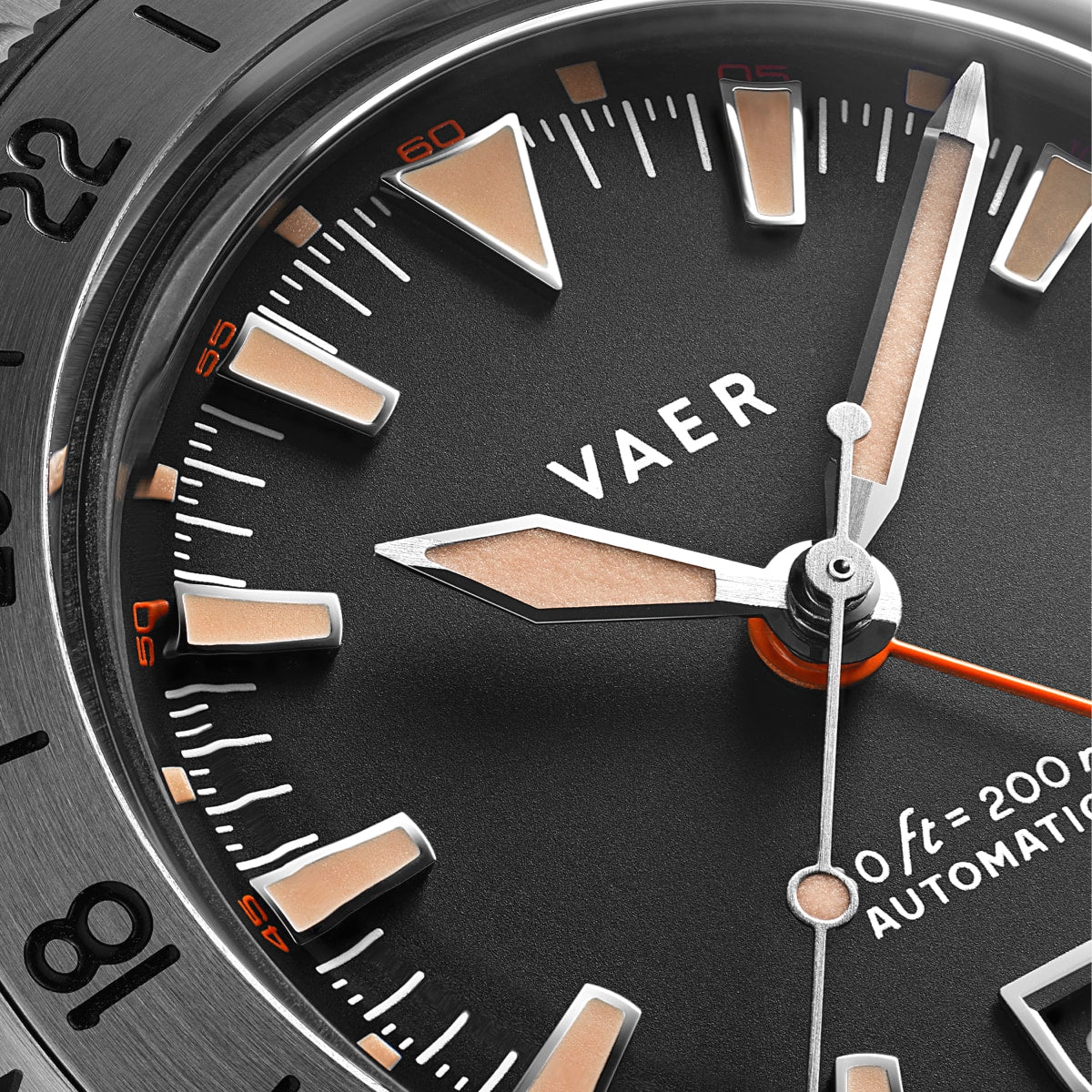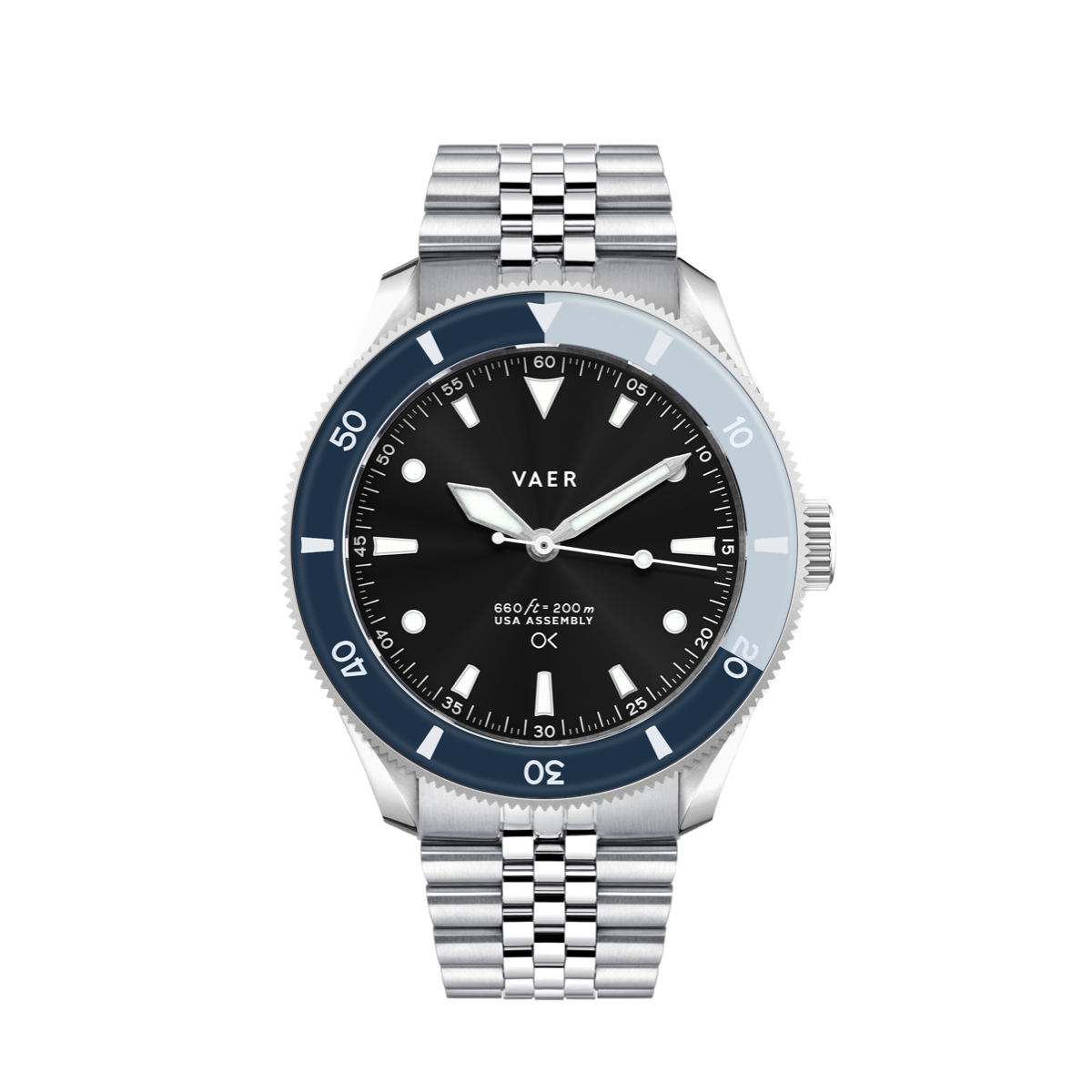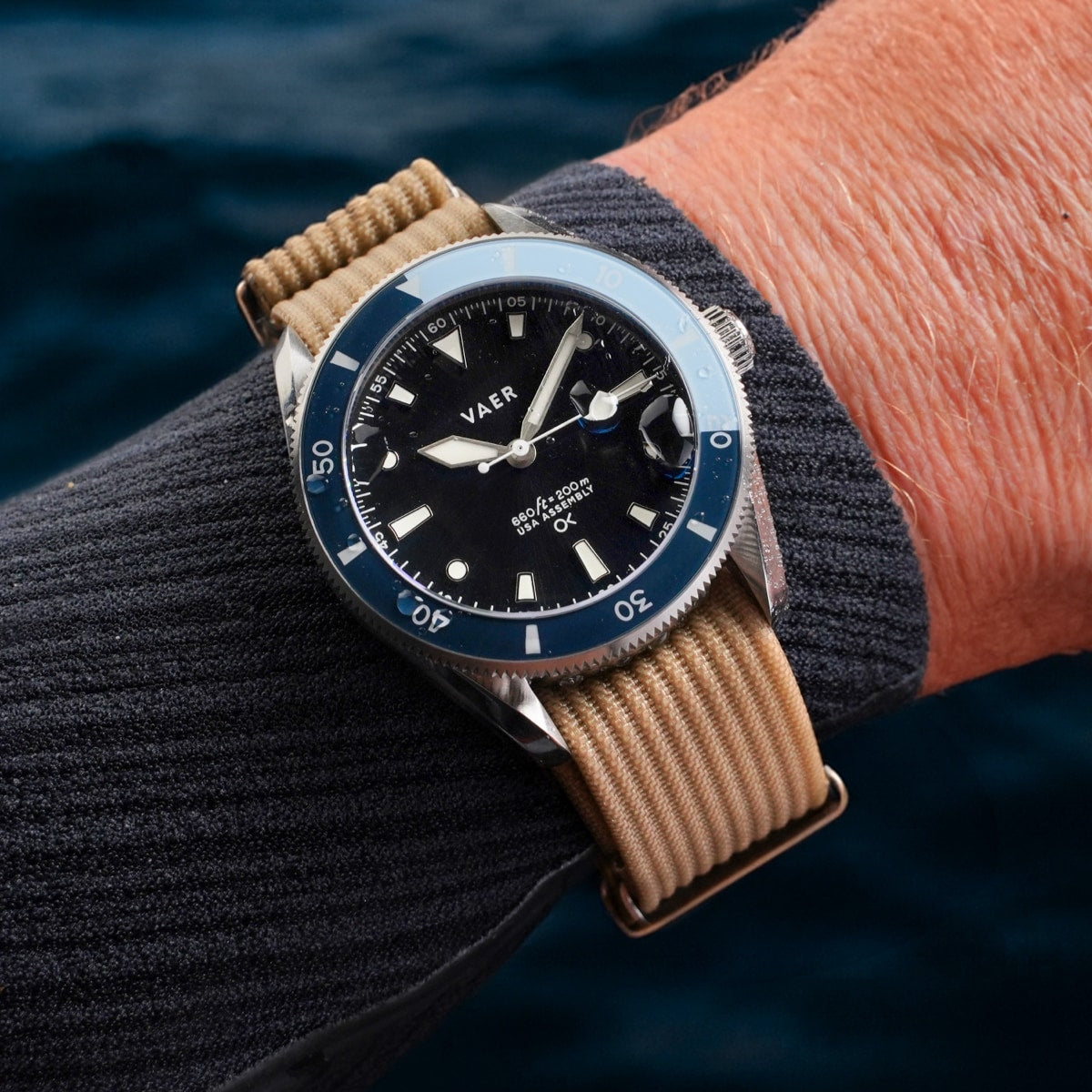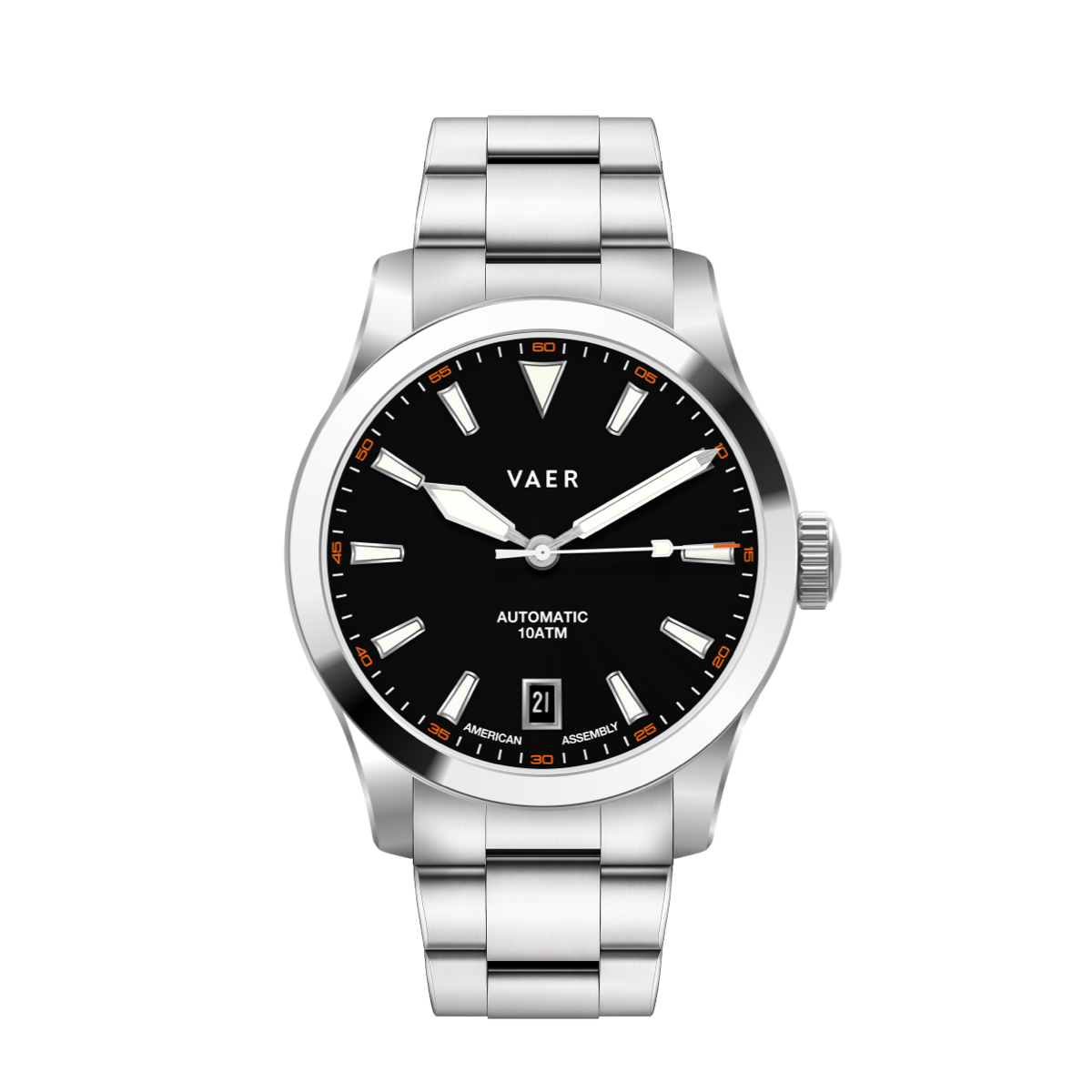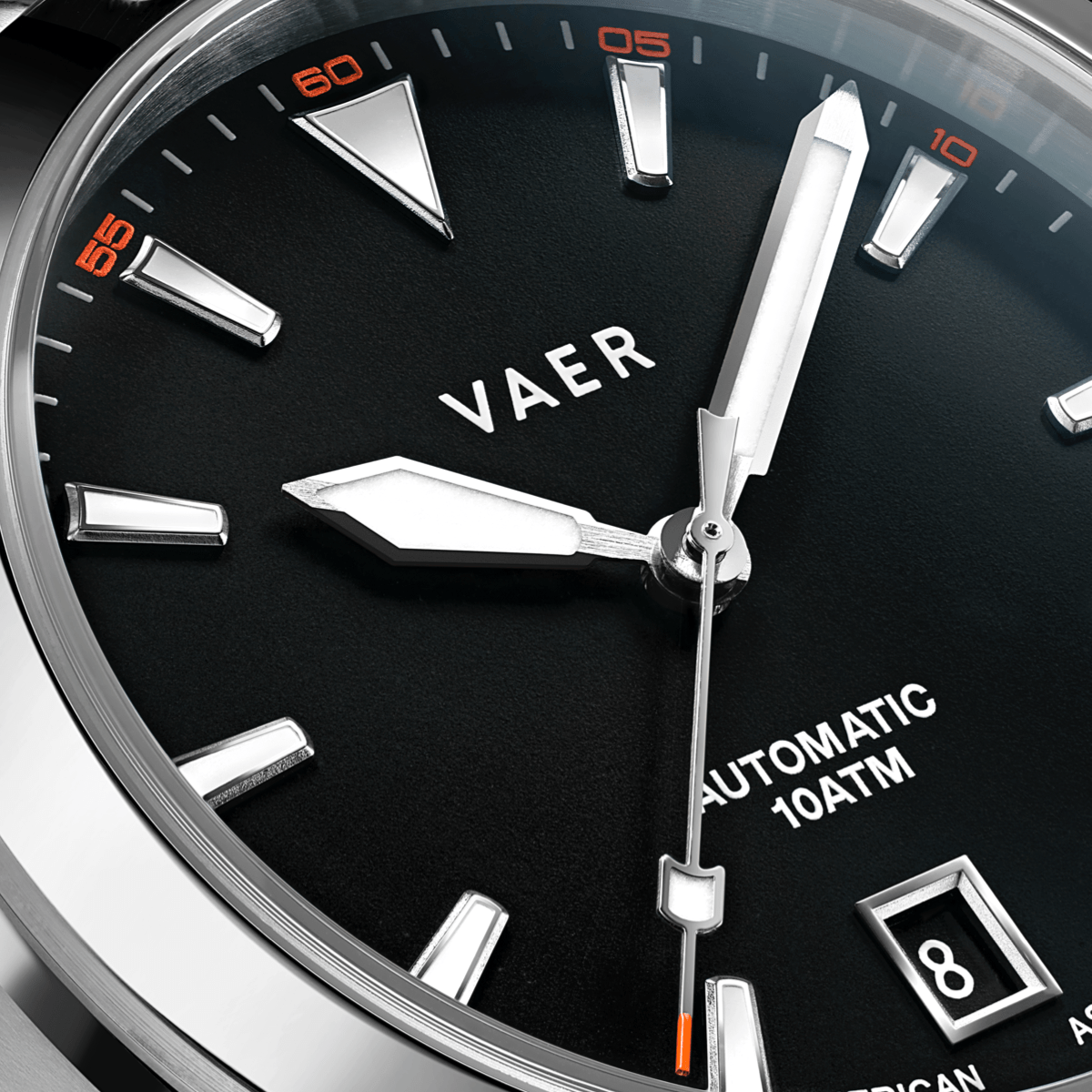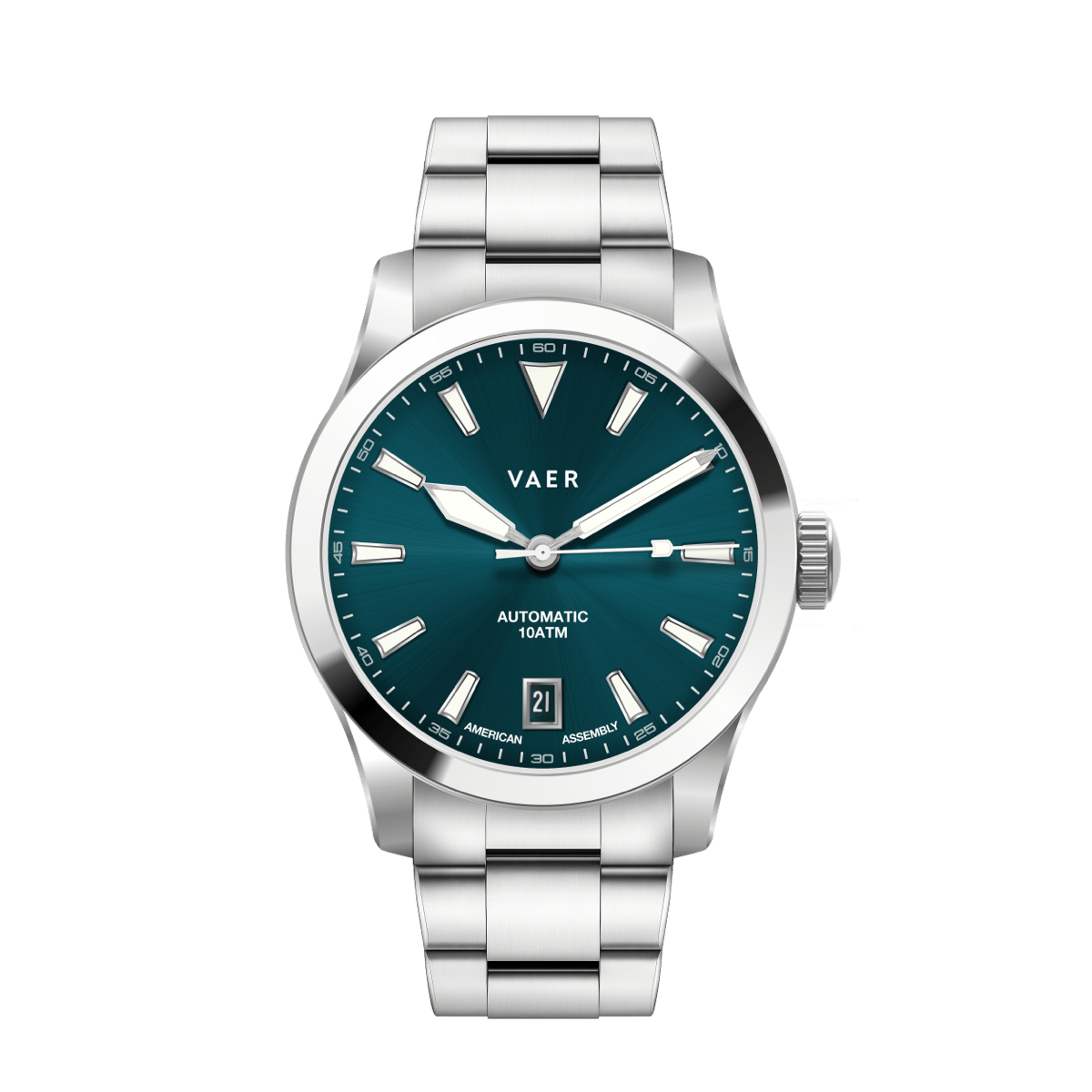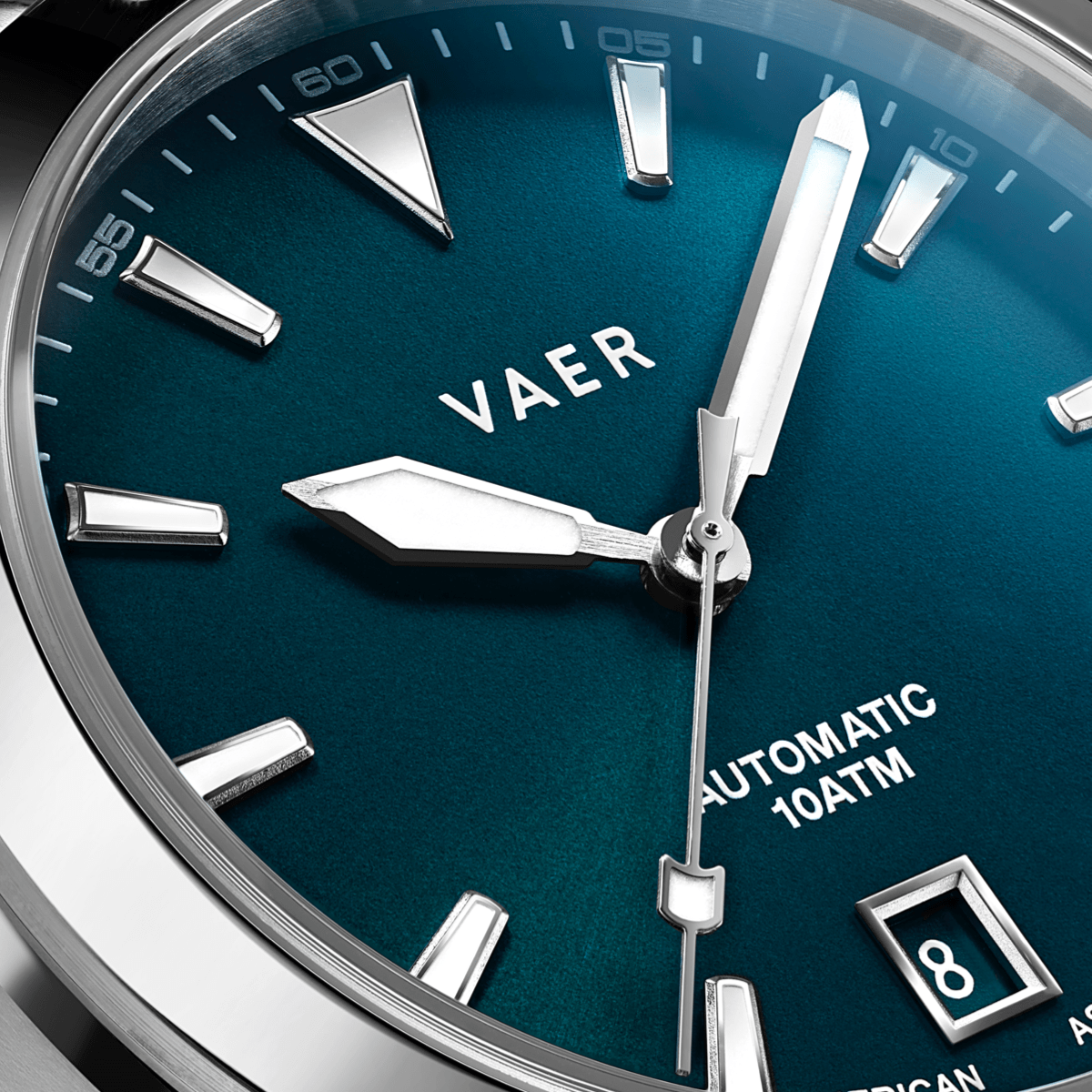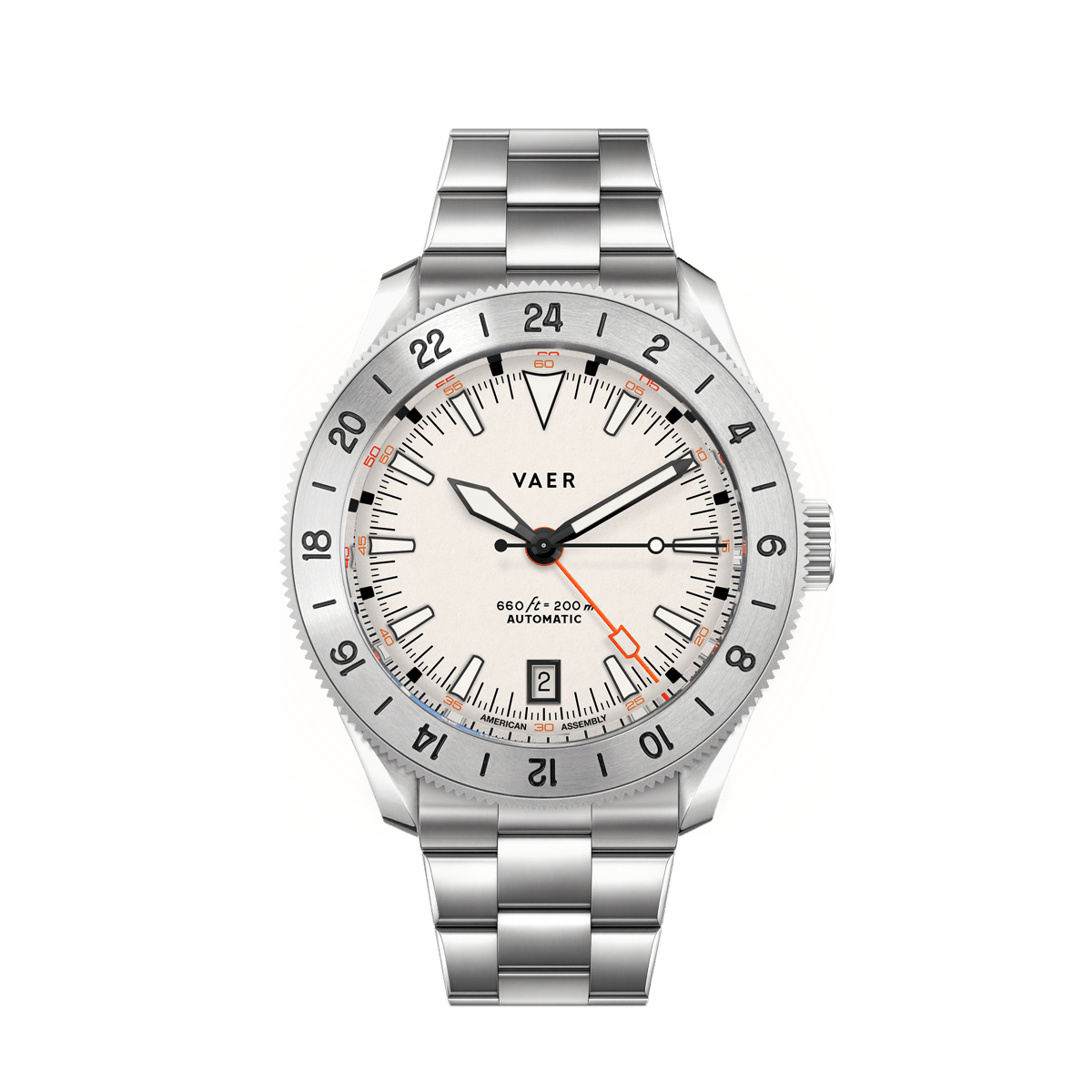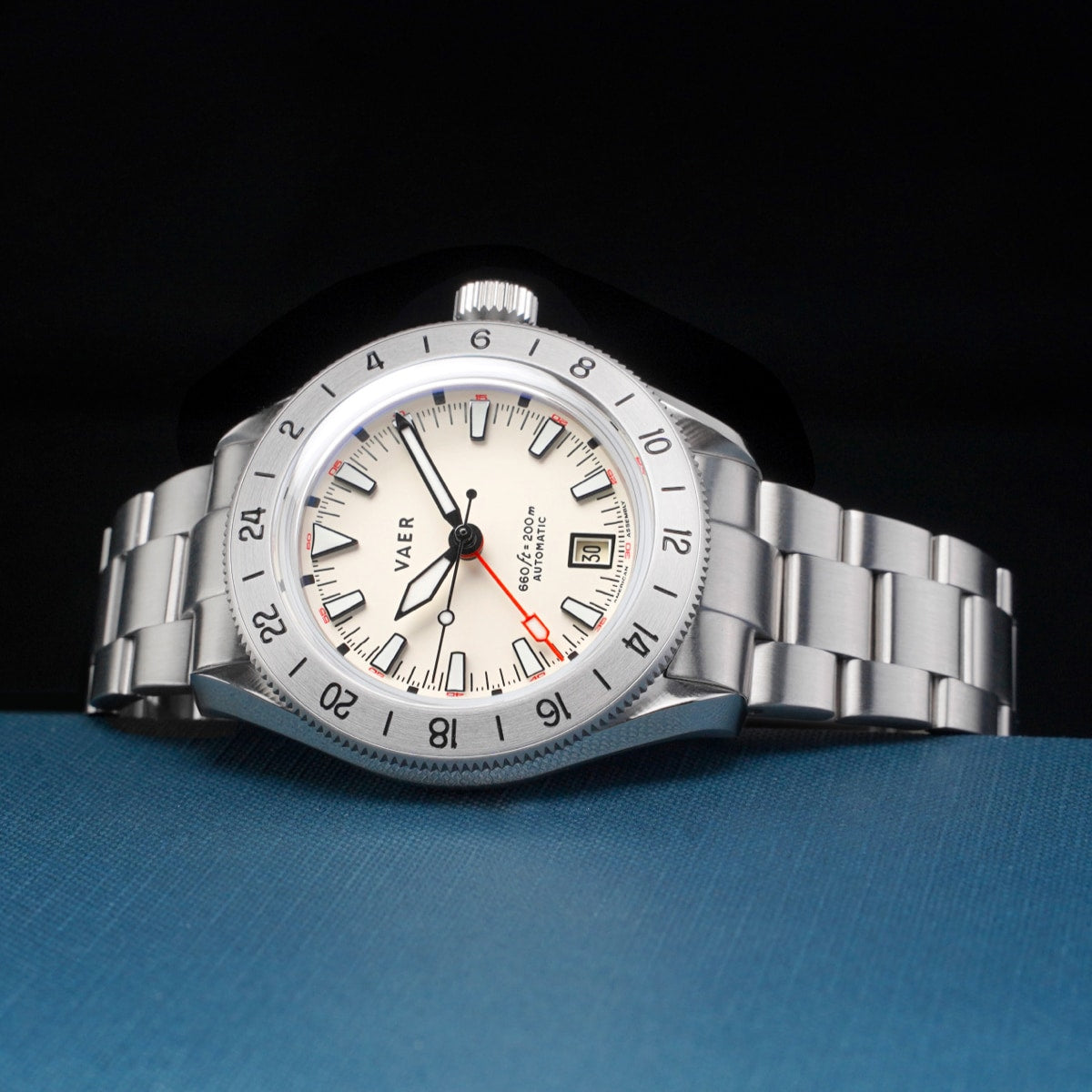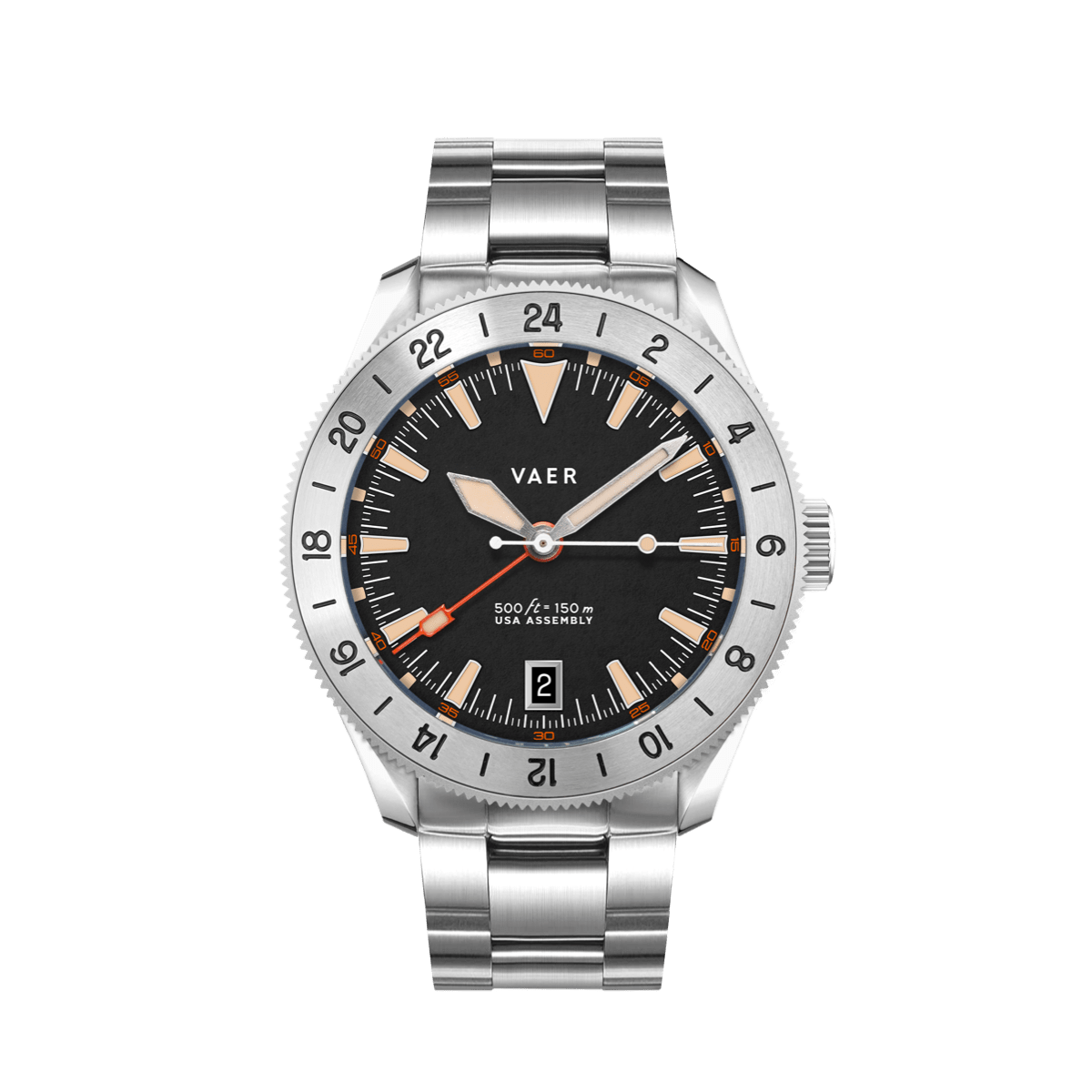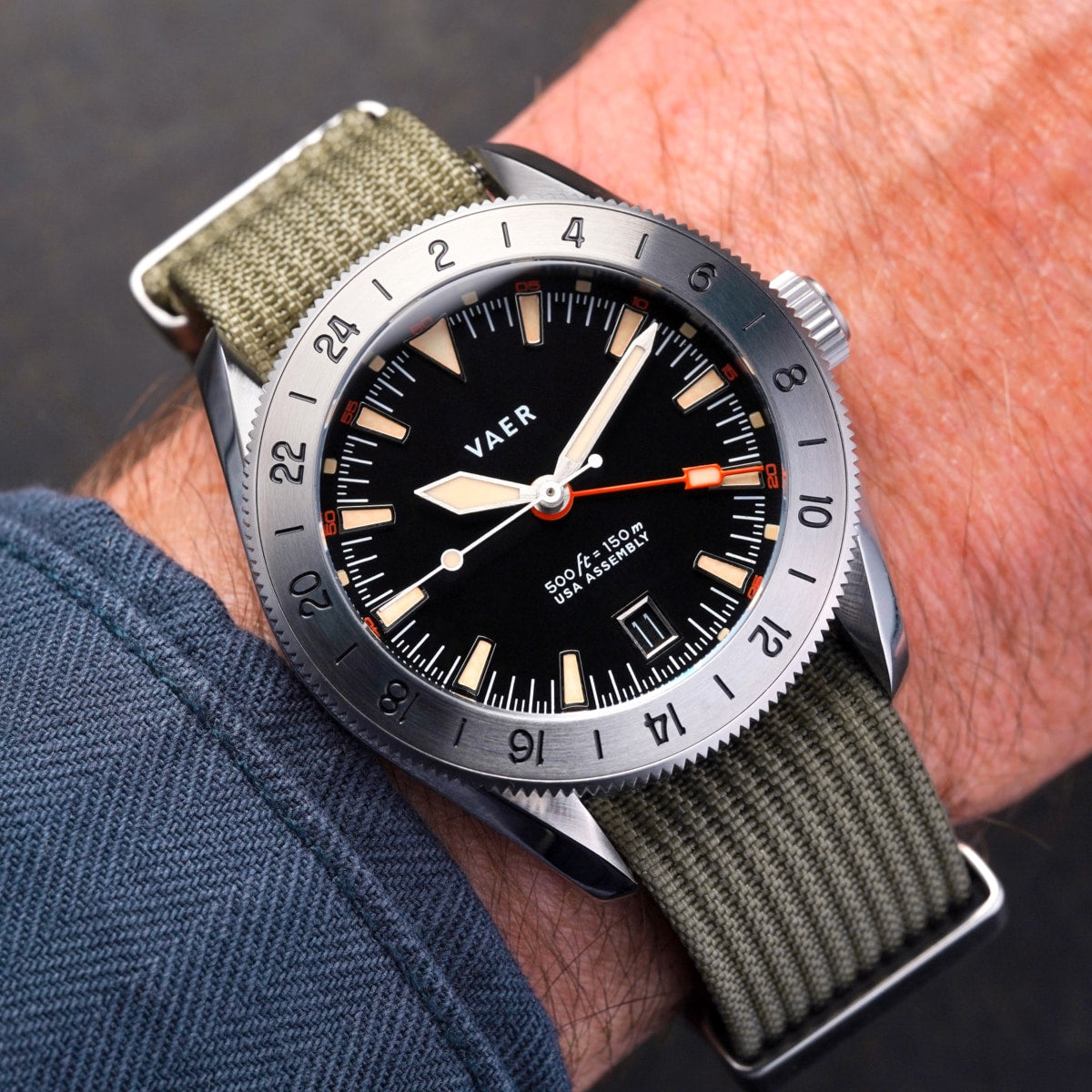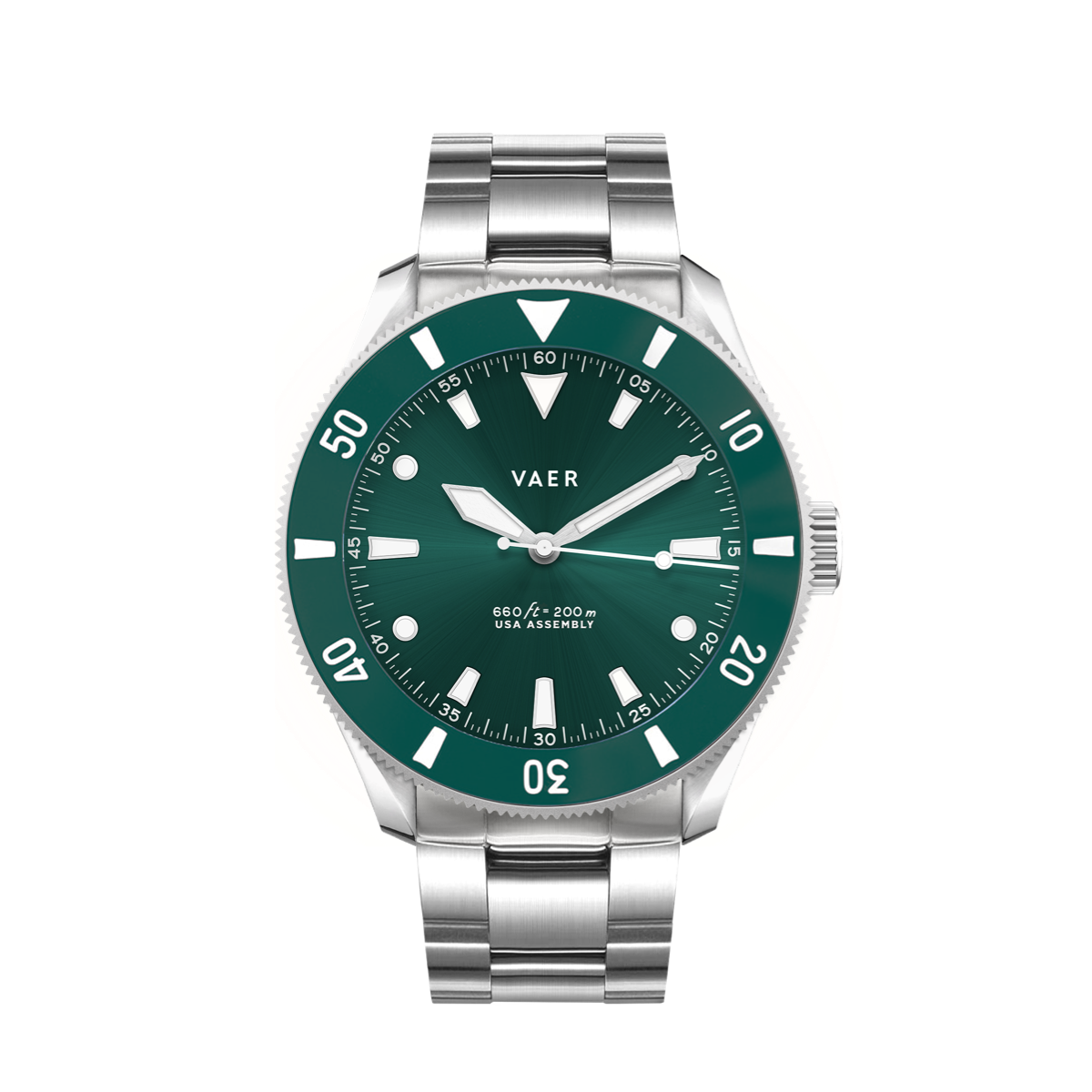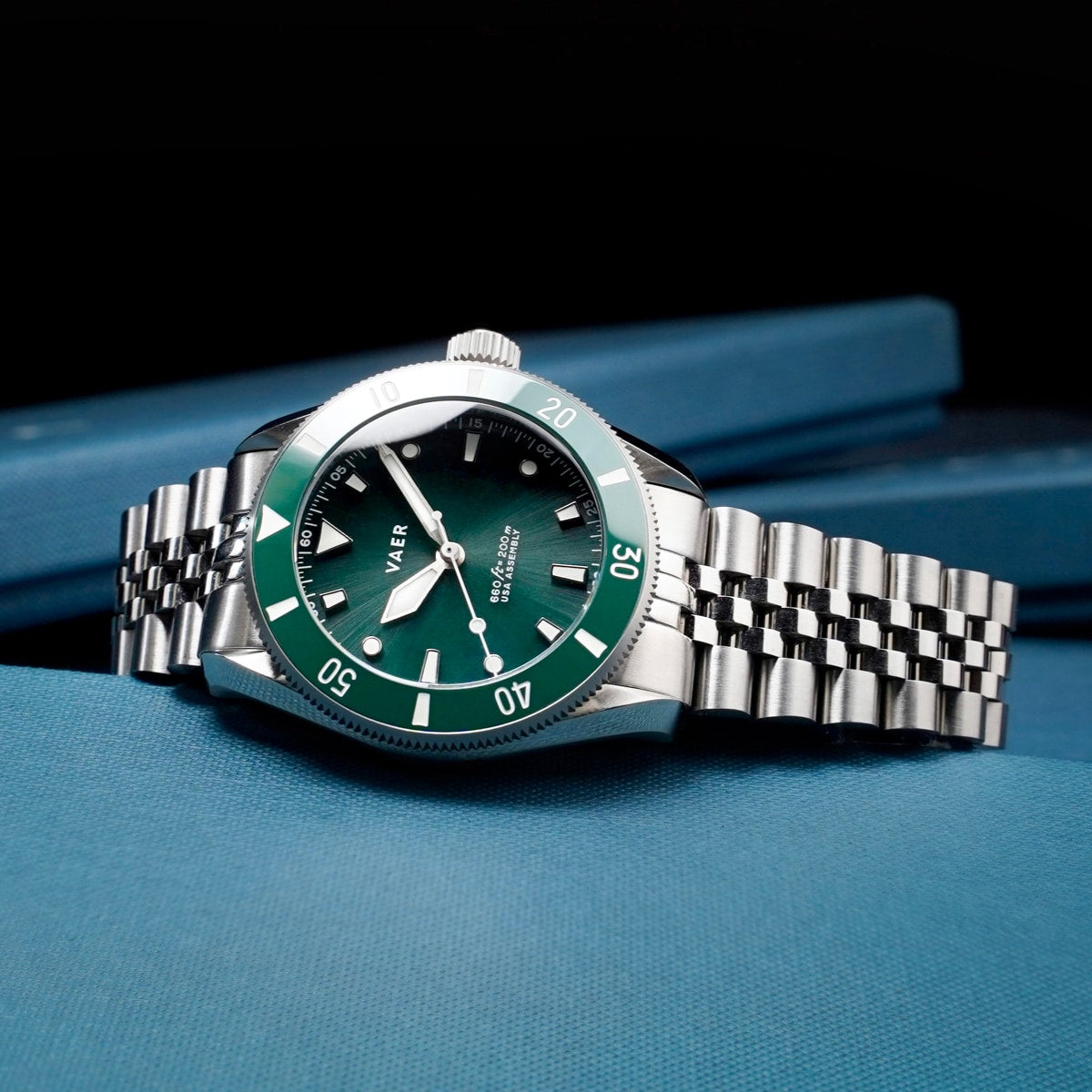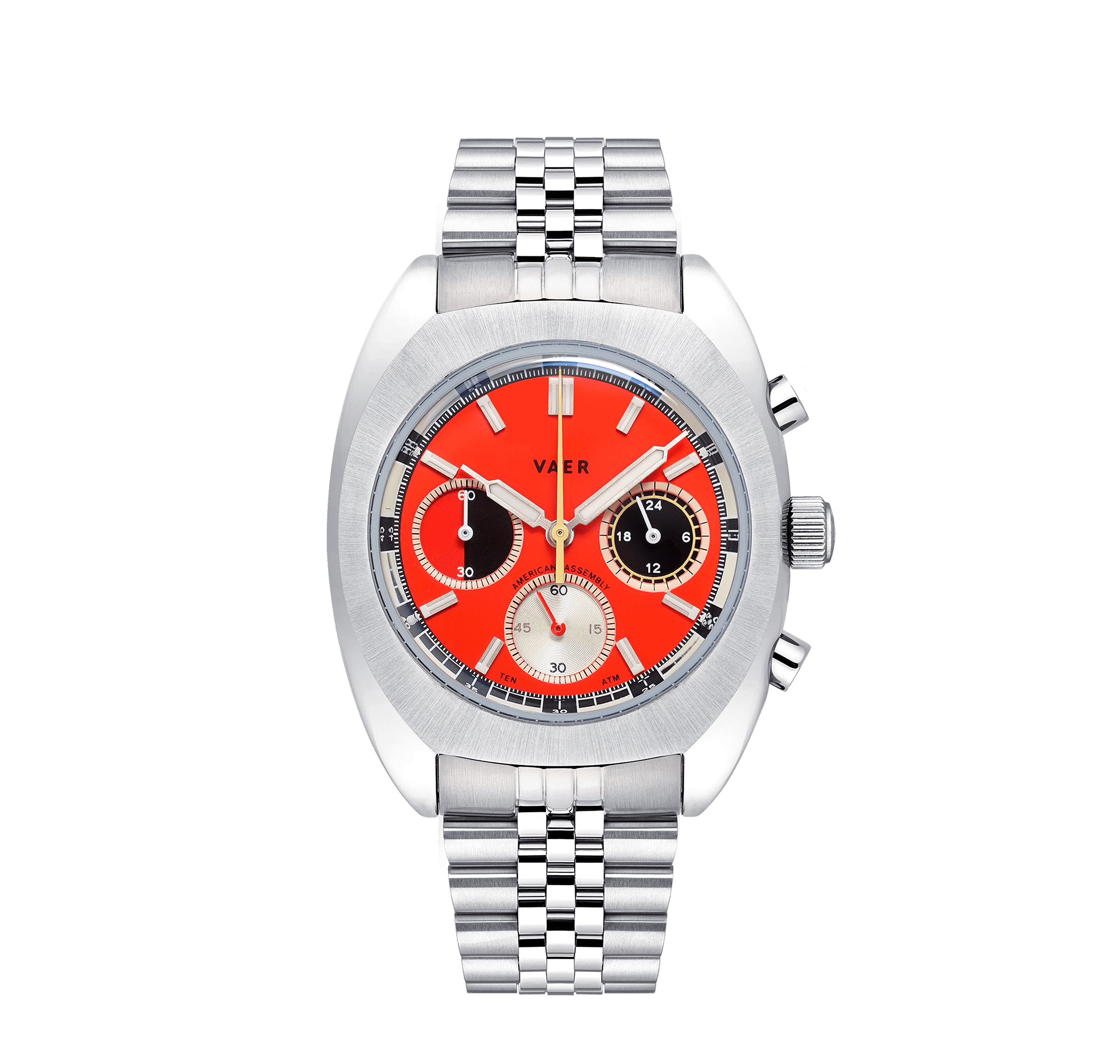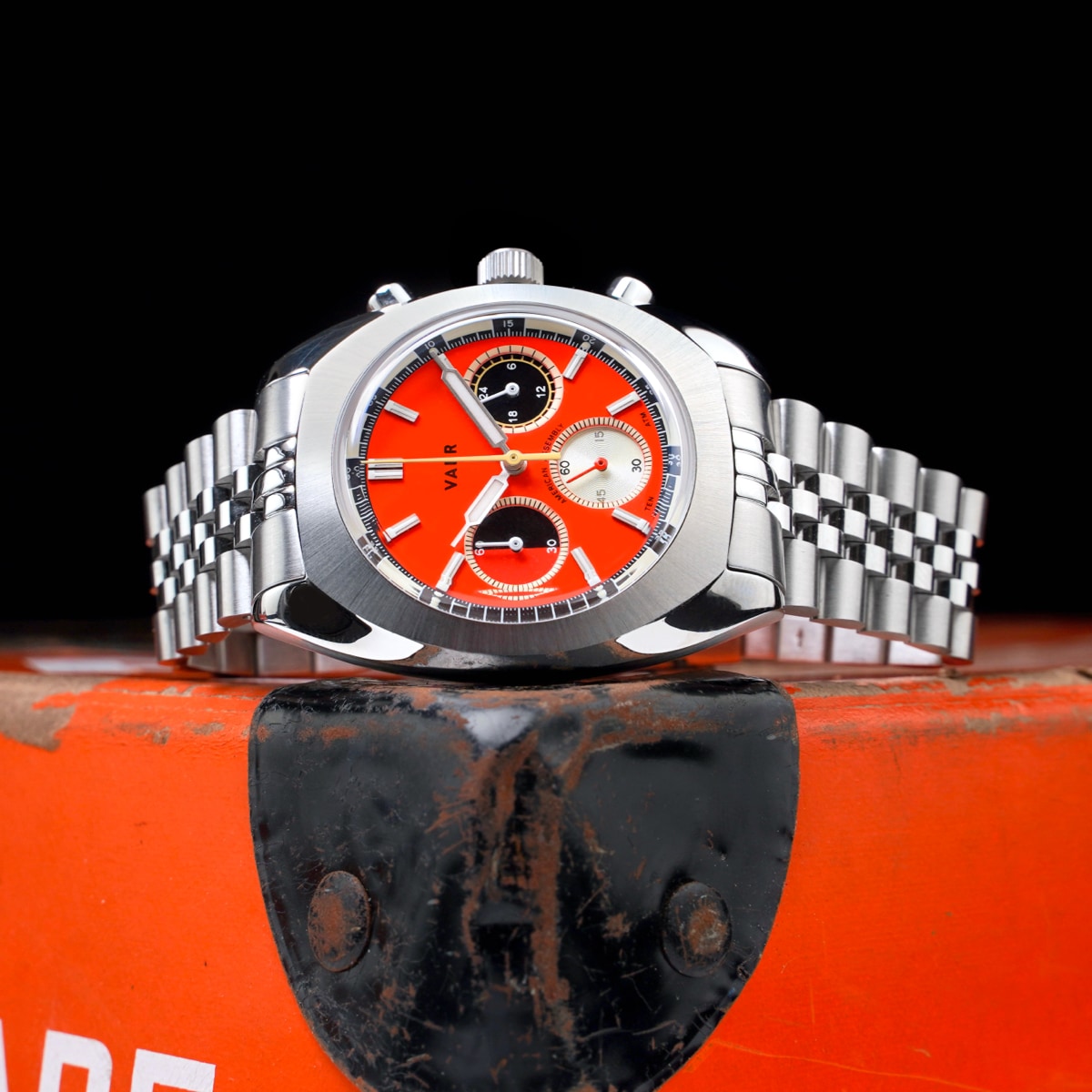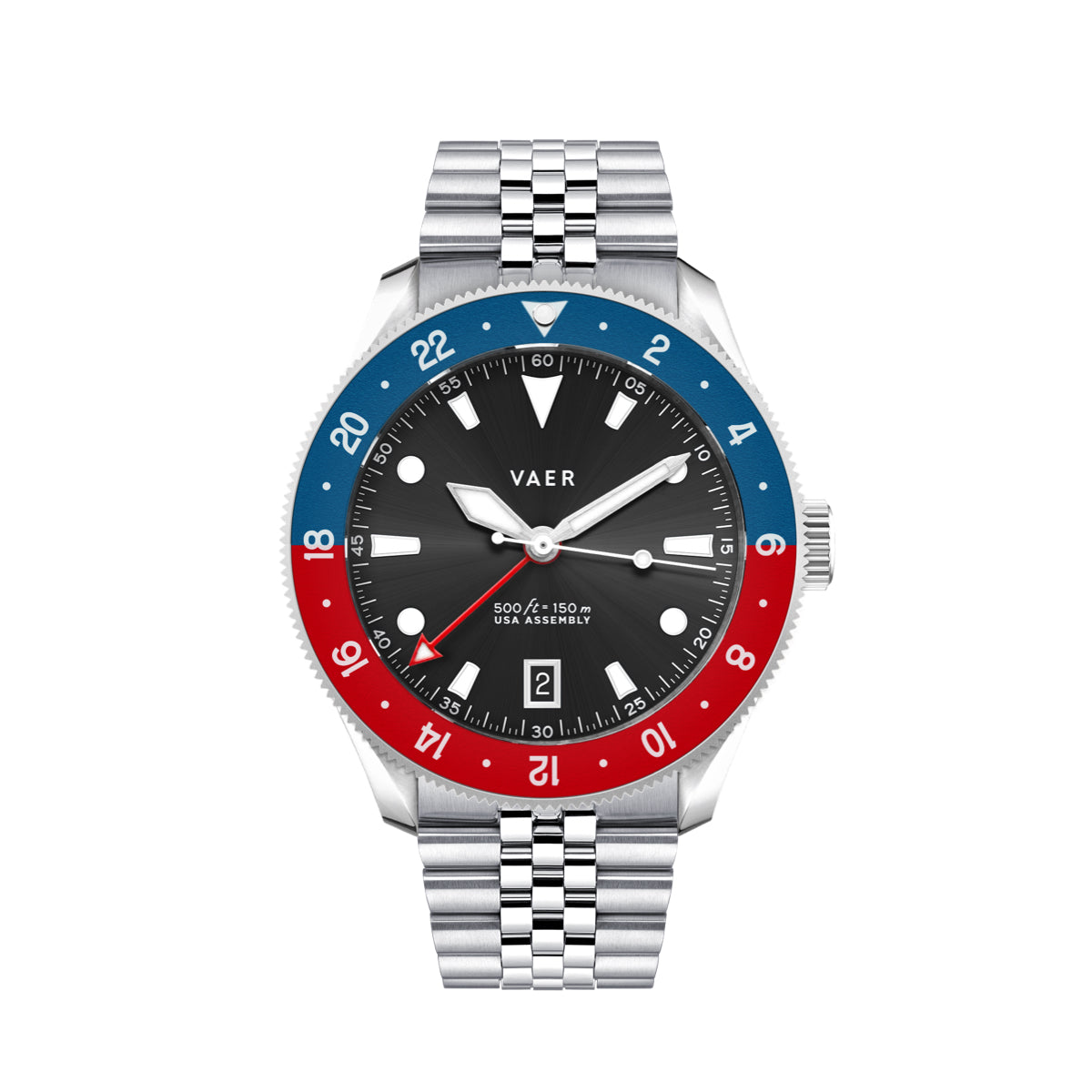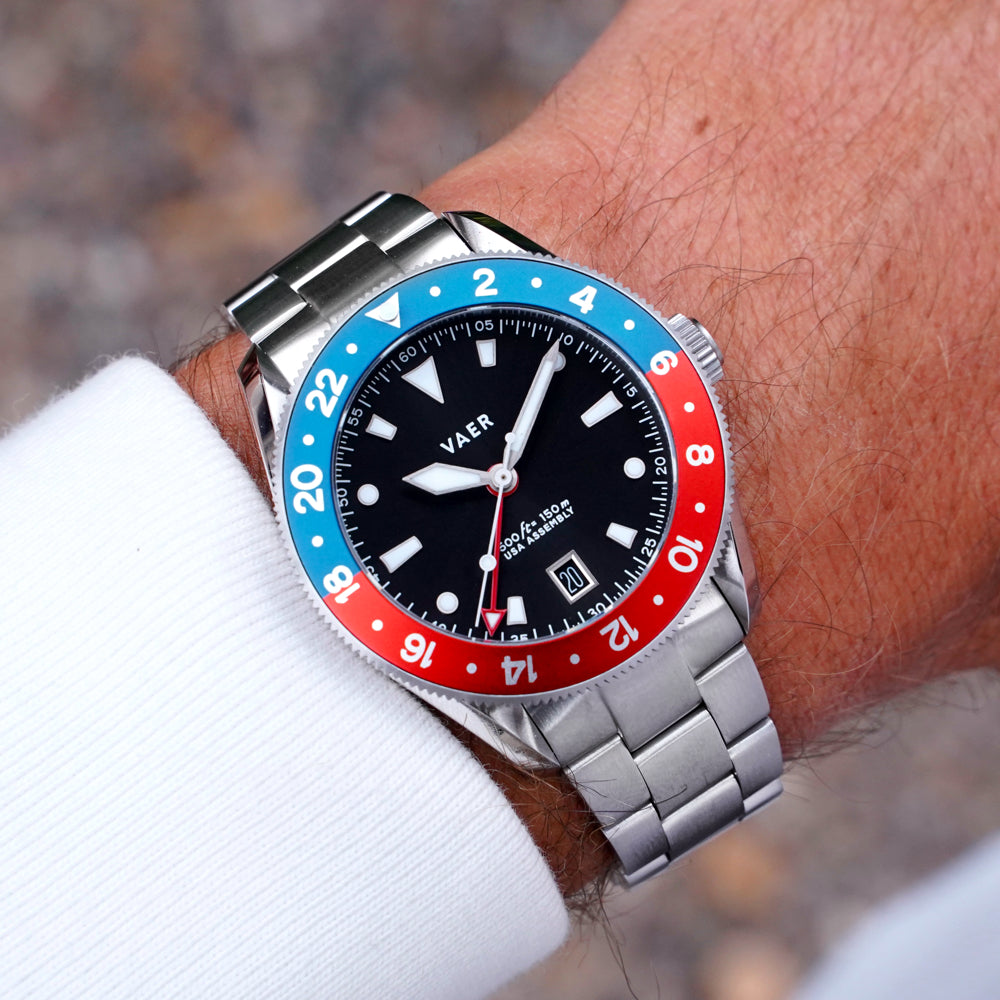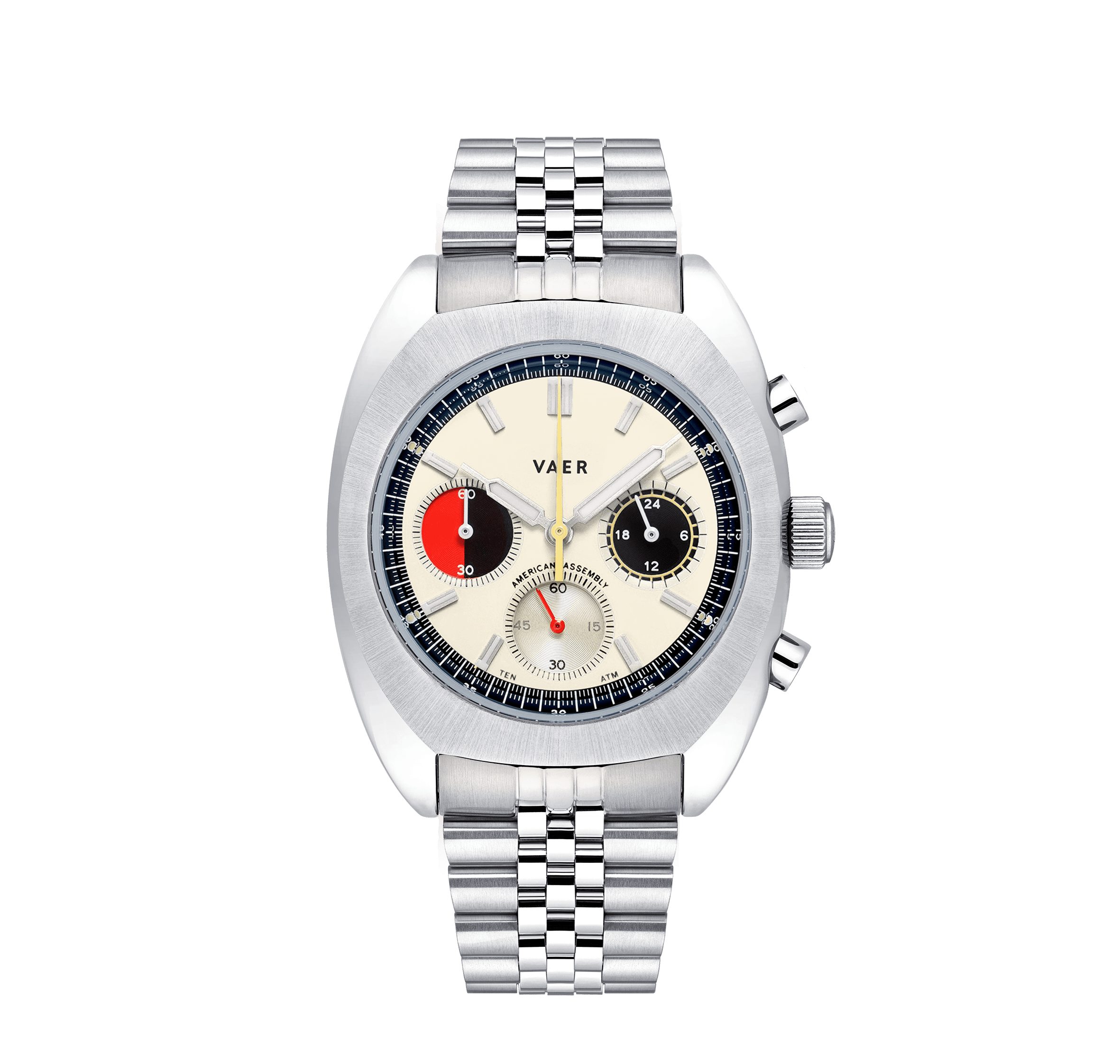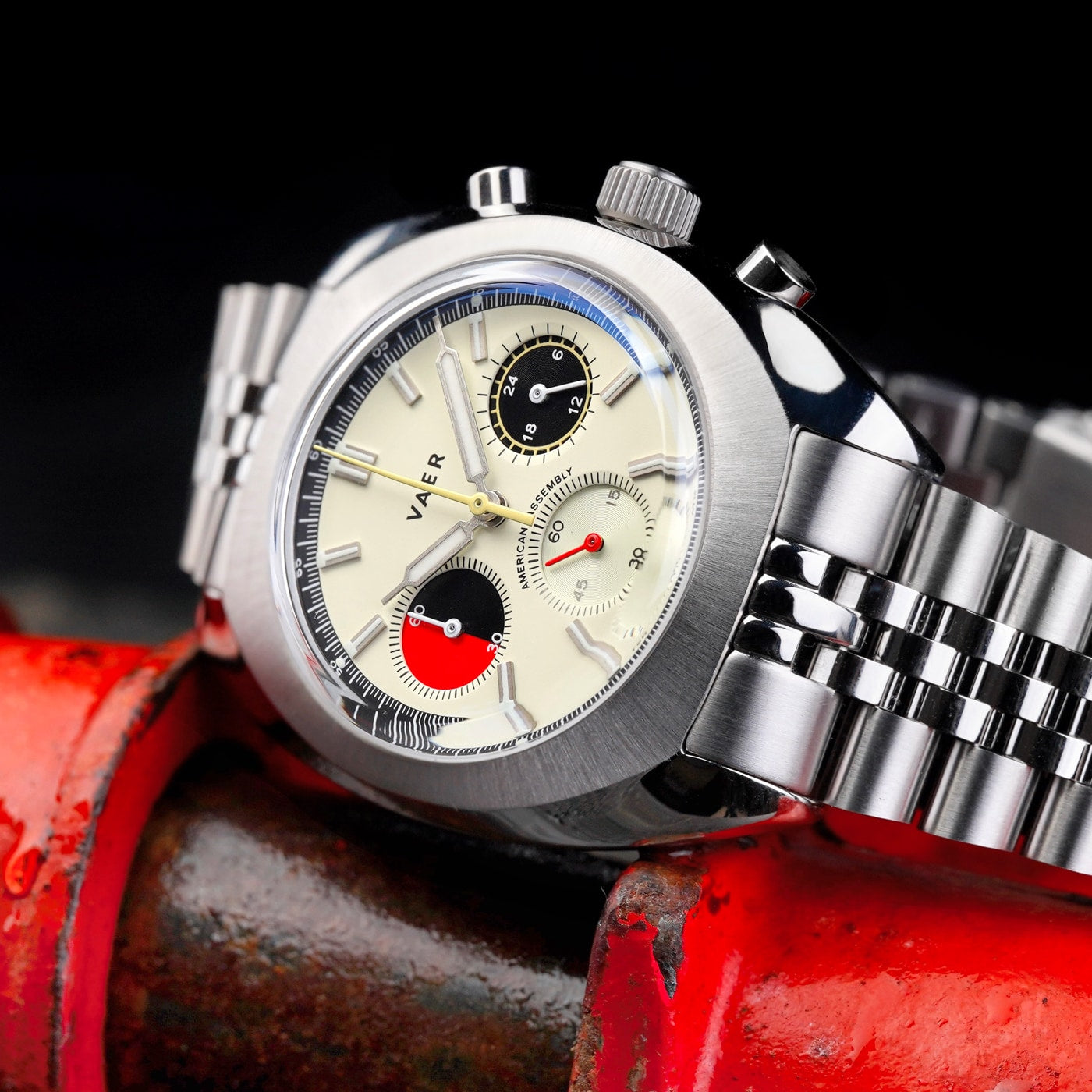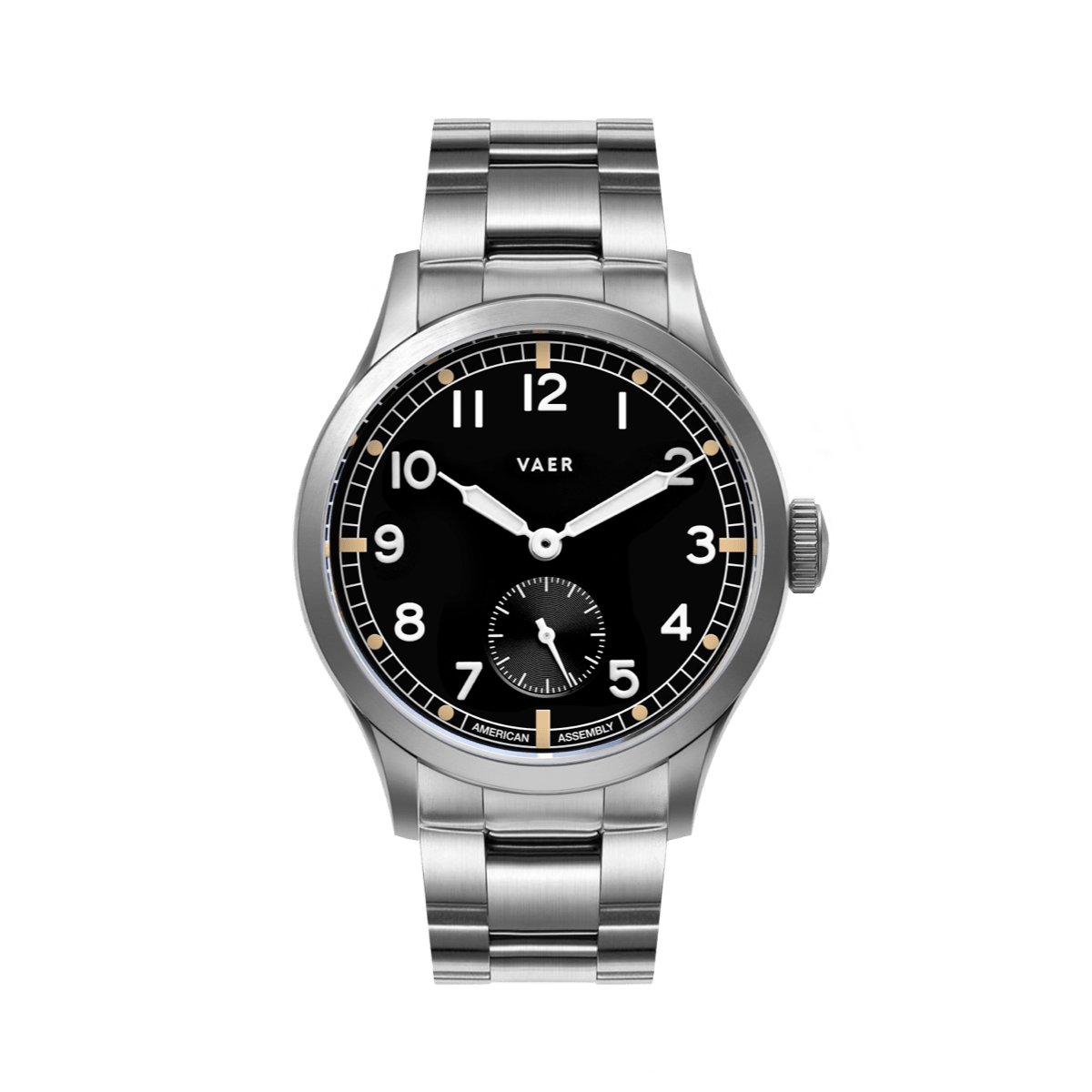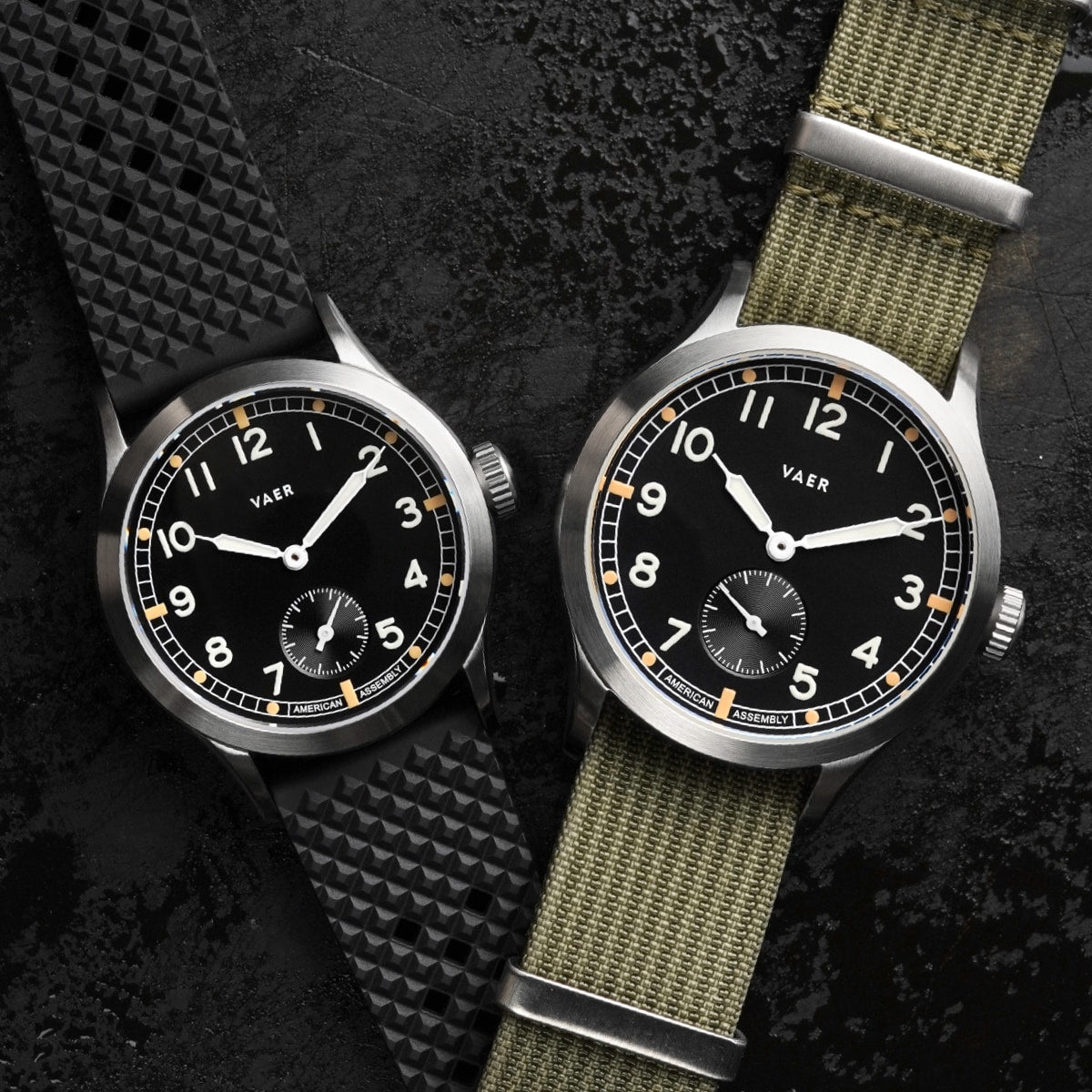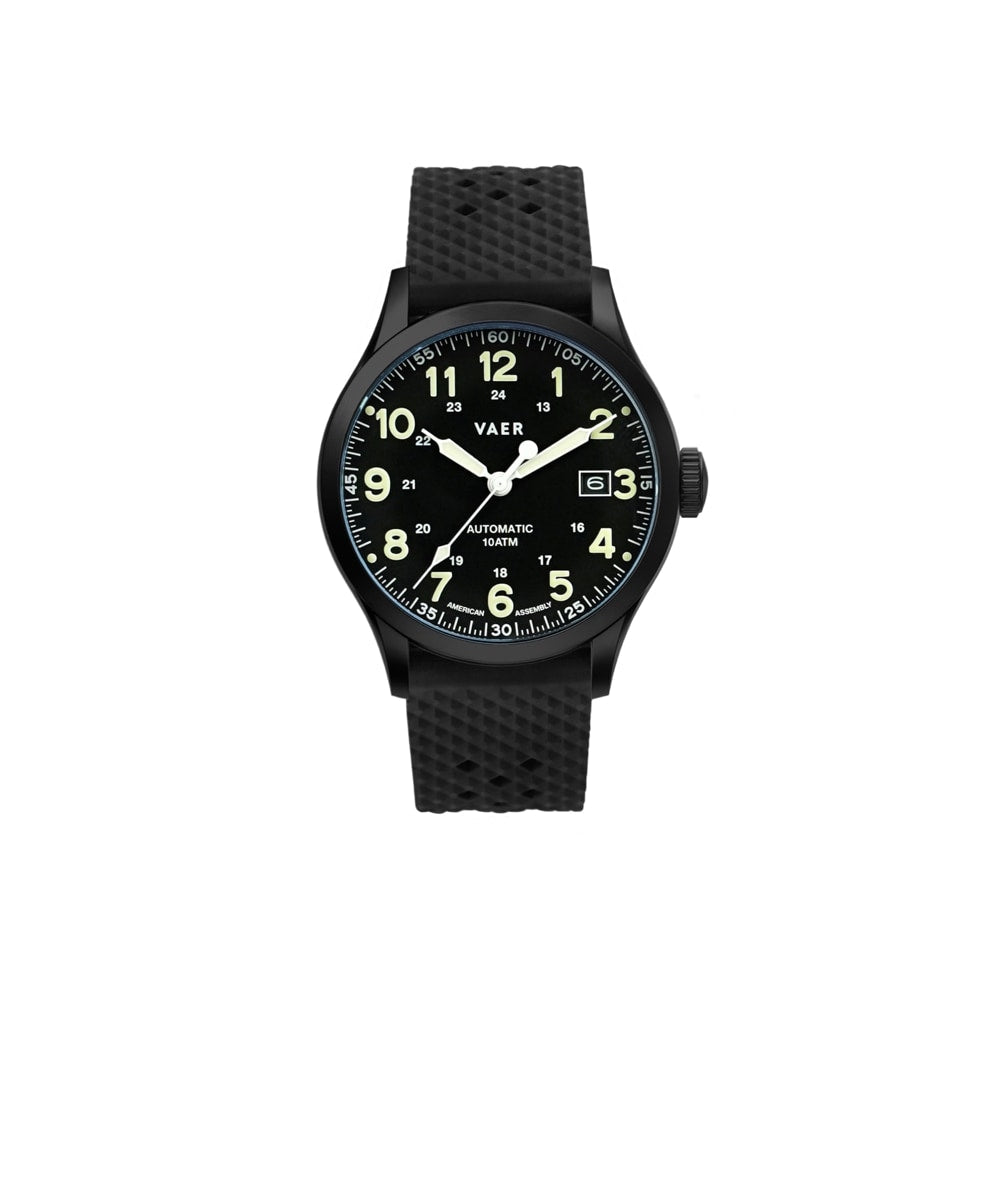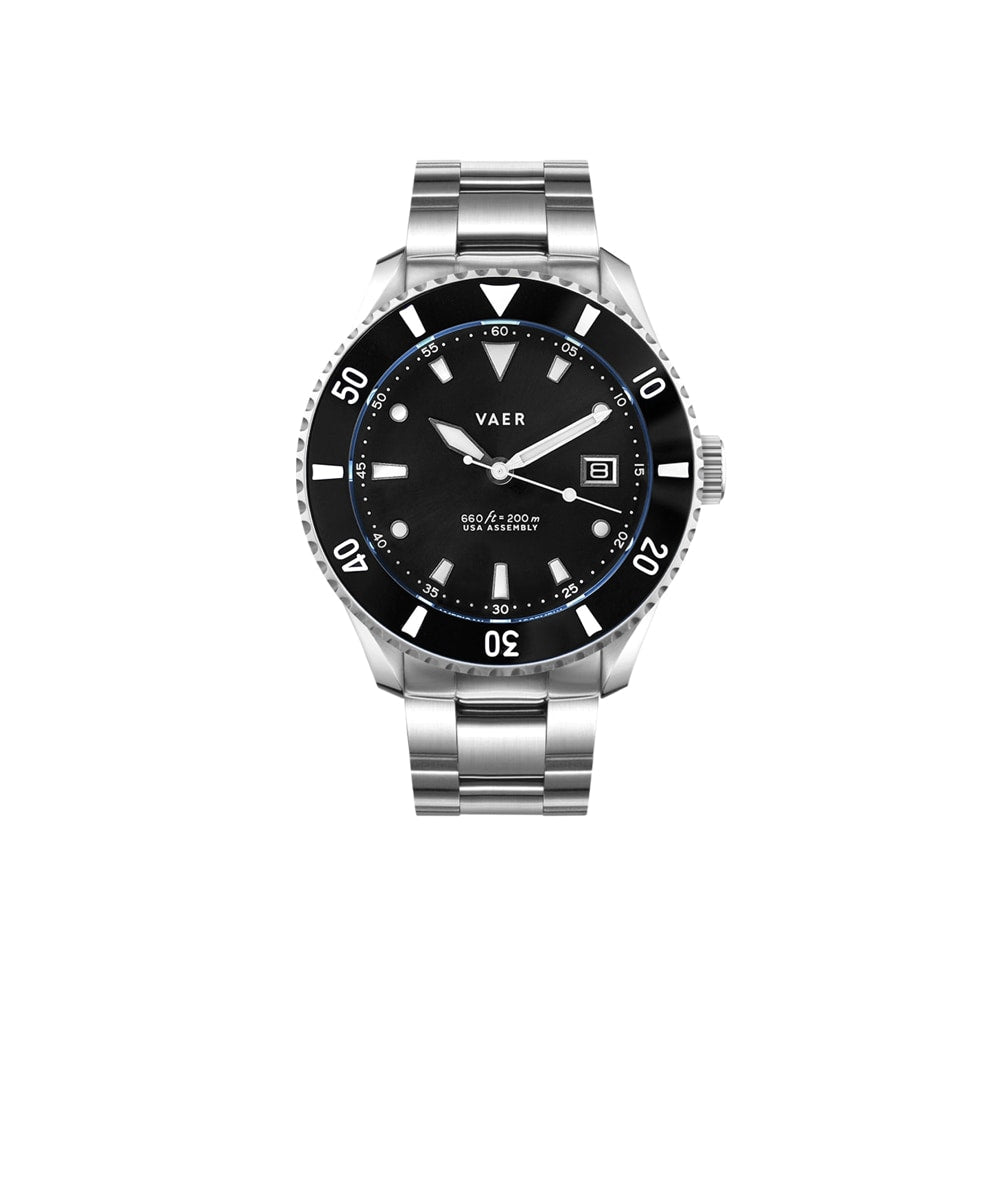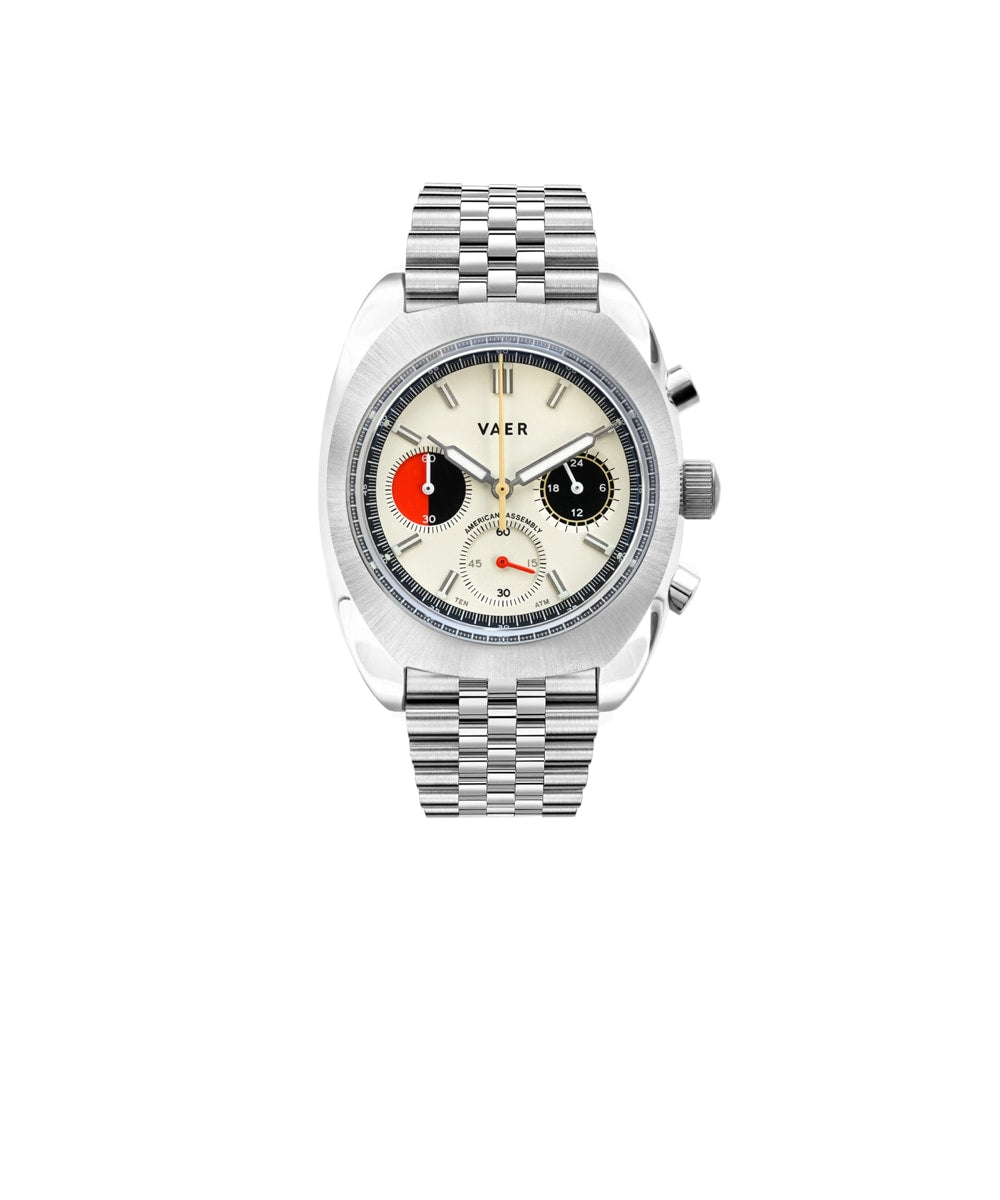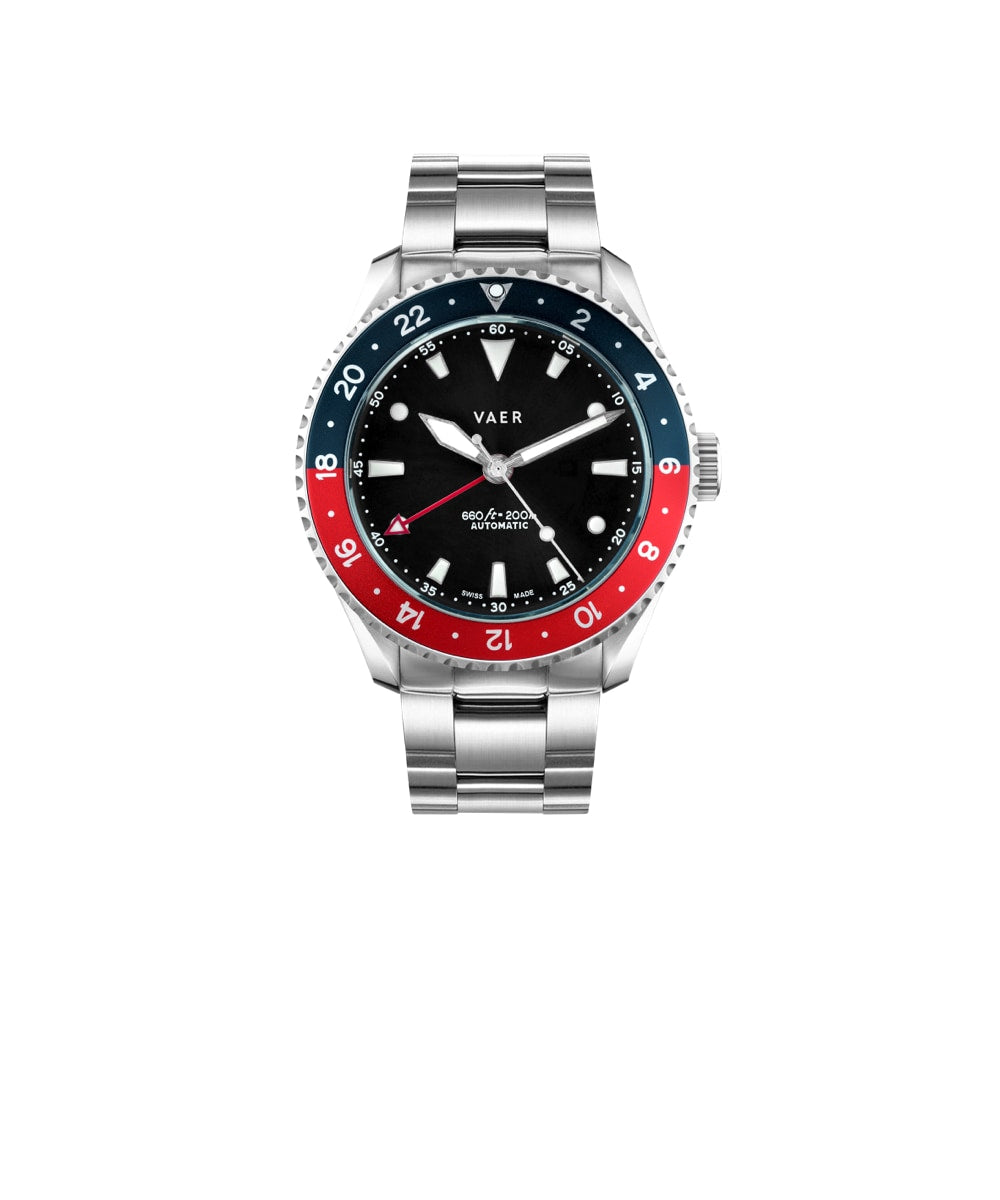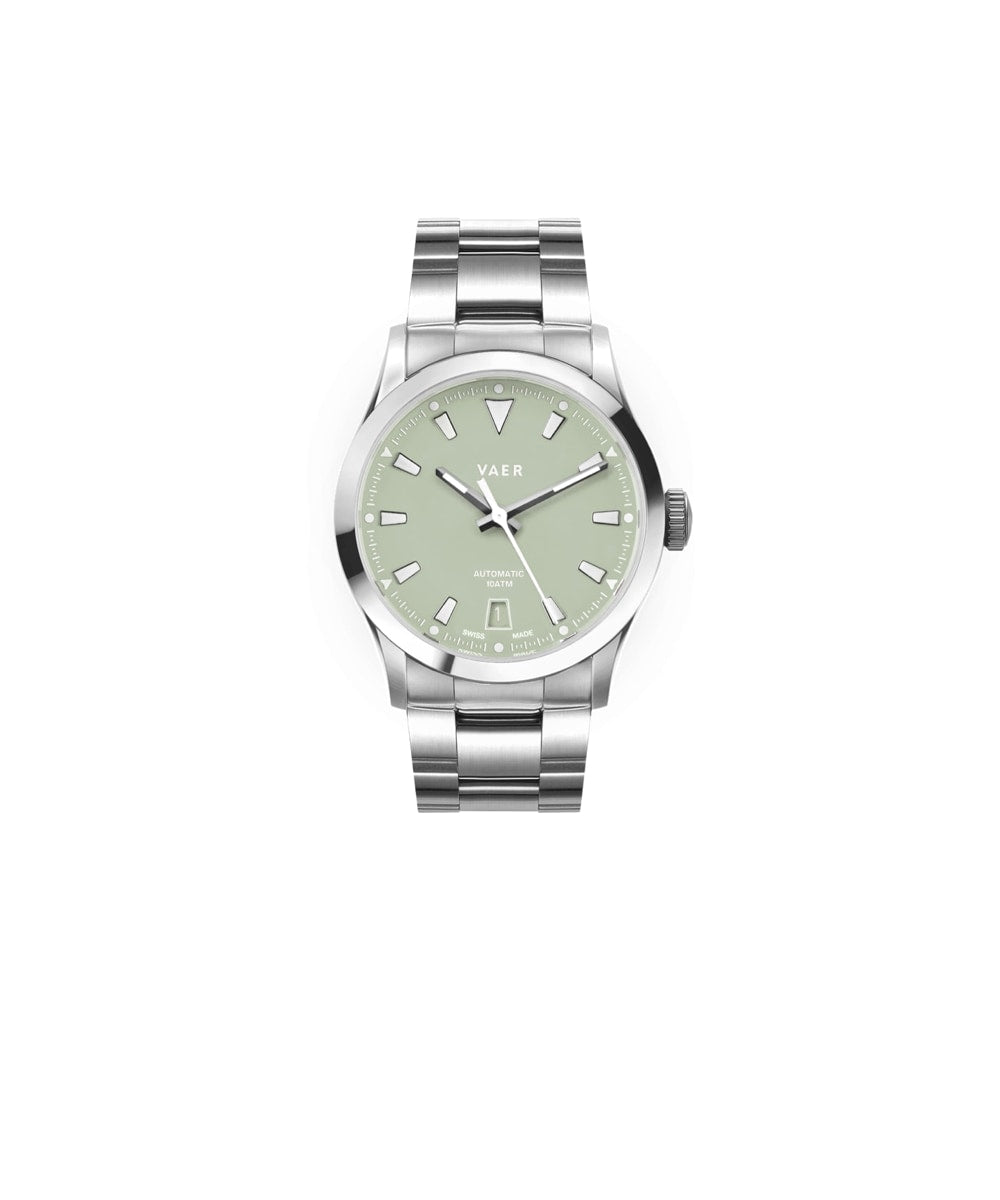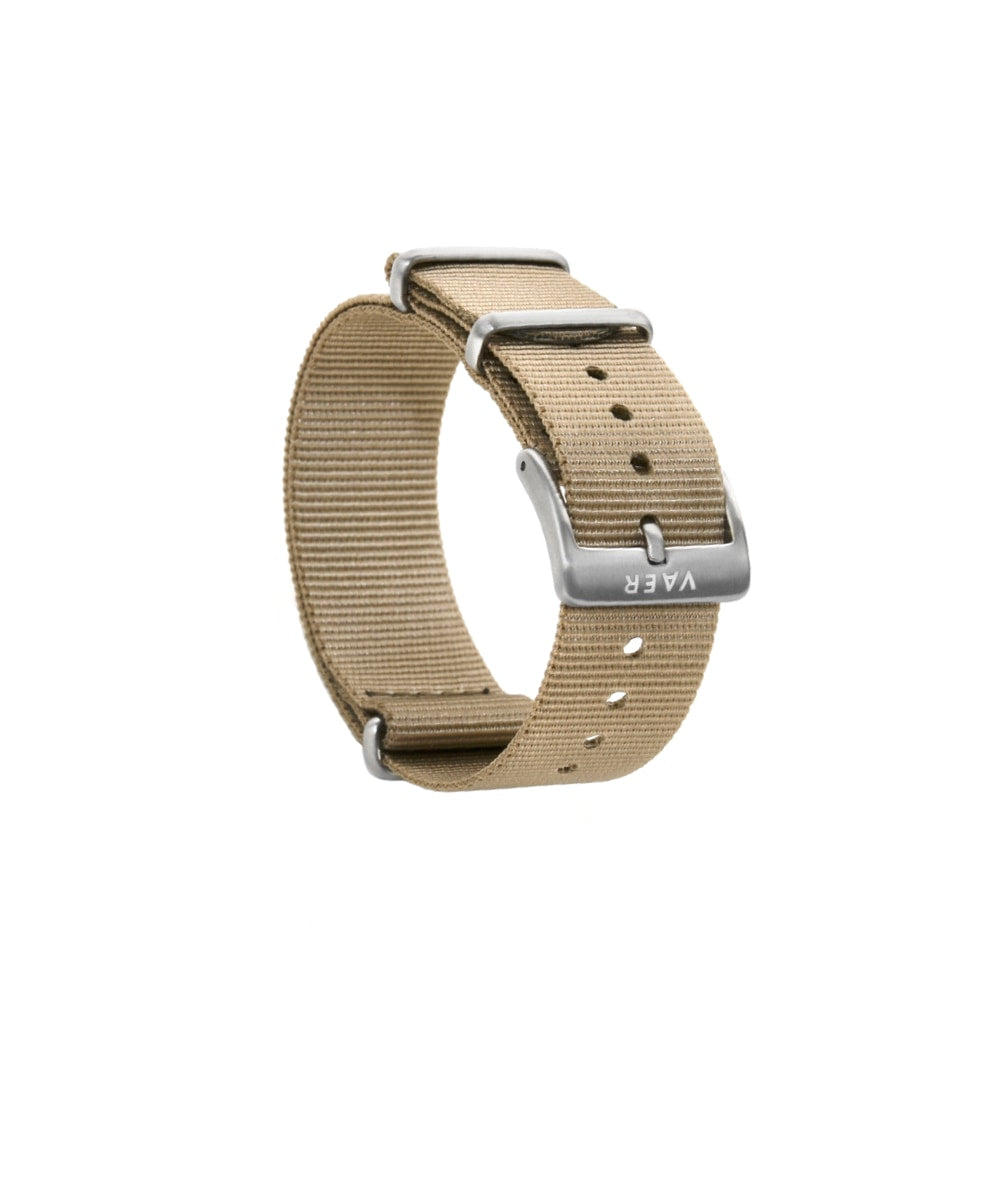A Better Path Forward
We started Vaer in 2016 based on a simple vision of the type of company we wanted to build. We were two guys in our mid-twenties living in Venice Beach, surfing in the early morning before work, and we wanted to make a watch that was timeless, affordable and reliably waterproof.
Yet, from our very first conversations, American sourcing was on our mind. Our very first leather straps were cut from hides we purchased in downtown LA, and we worked with a local leather maker to cut and sew them into finished goods. Those first straps left a lot to be desired in terms of quality and finish, but they were critical in starting a tradition for our business of doing "hard things" that proved our commitment to our core values.
That early experiment in the possibilities of US sourcing started us on a path that we never could have expected. Nearly ten years later, Vaer is leading the way in US watch manufacturing, not only in terms of production volume but also in research and technical capabilities. We're proud to sell the most affordable USA-assembled watches on the market, the "most American" quartz watches on the market (measured by source origin value), and the widest array of USA-assembled movement options, providing customers the choice of USA-built quartz, solar quartz, and automatics.
While we still have a long way to go in reviving American watchmaking to its former glory, we're incredibly excited by the mission ahead. If you want to help support American manufacturing and independent craftsmanship, we hope this page will demonstrate that your investment in a Vaer watch is money well spent.
- Reagan Cook & Ryan Torres, Vaer Co-Founders
50,000+
USA Assembled Watches
64%
Total USA Source Origin*
*For the C5 Dirty Dozen with Horween Leather
$259
Base Price for USA Watches

Los Angeles, CA
Vaer is operated and headquartered in Los Angeles, and it remains our central production, assembly and quality-control hub.
Chicago, IL
Our USA-made leather straps are tanned in Illinois by the Horween Leather Company which has been operated by the same family for over 100 years.
Tampa, FL
Our USA-made leather straps are cut and sewn in Florida by a team of skilled technicians.
Kansas City, MO
In 2023 we brought our fulfillment in-house, opening and staffing our own warehouse in the middle of the American heartland.
Scottsdale, AZ
In addition to our core team in Los Angeles, we work with multiple assembly teams around the country, including our long-time partner FTS in Arizona. FTS is also the supplier of our USA-built Ameriquartz movements.
A History of USA Watchmaking
A Dedication to Detail
From day one we’ve been committed to the goal of supporting skilled craftsmanship and local production in the United States. It's certainly not without its challenges (and costs) but we truly believe that local assembly makes us better product designers and business operators.
We don't come from a long line of watchmakers, we didn't have any industry connections, and prior to starting Vaer, we didn't have any experience working in the retail industry. Our commitment to US-sourcing has allowed us to learn on the job, helping us understand our supply chain from end-to-end, and form a deep connection to our products. This level of involvement has yielded countless product design improvements, from pinion height and dial spacing optimizations to hand-torque adjustments, and stem length regulation.
While we aren't skilled enough to put together a watch ourselves, we love brainstorming with our US technicians on how we can streamline the assembly process, save them time, and improve the functionality and design of our products.
USA Made Leather Straps
Like our watches, ensuring best-in-class leather quality means focusing on the details and doing the little things right. We've worked to constantly improve and refine our leather products, and we're incredibly proud of the quality, craftsmanship and source origin of our current offering.
Great leather comes from great hides, and our Vaer straps are made from some of the very best available. We use extra-thick USA-raised steer hides which are sourced by the Horween Leather Company in Chicago, Illinois. A fifth generation family business, the Horween Leather Company is one of only a handful of tanneries in the United States that still process hides from their raw, cured state to finished aniline leather.
Once the hides are processed they are shipped to our leather making team near Tampa, Florida, where they are cut, stamped and sewn into beautifully finished and highly durable American-made watch straps.
Shop USA Assembly
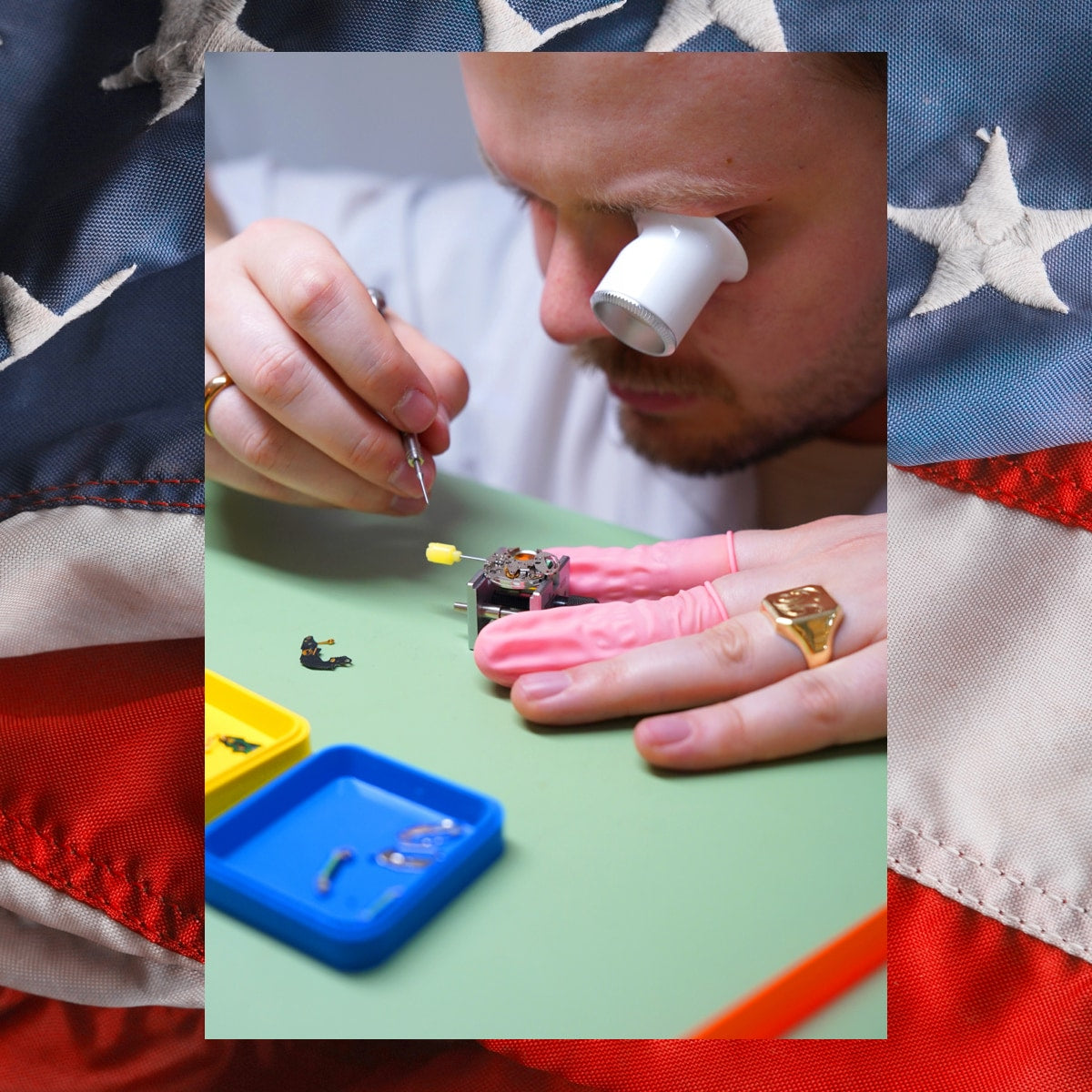
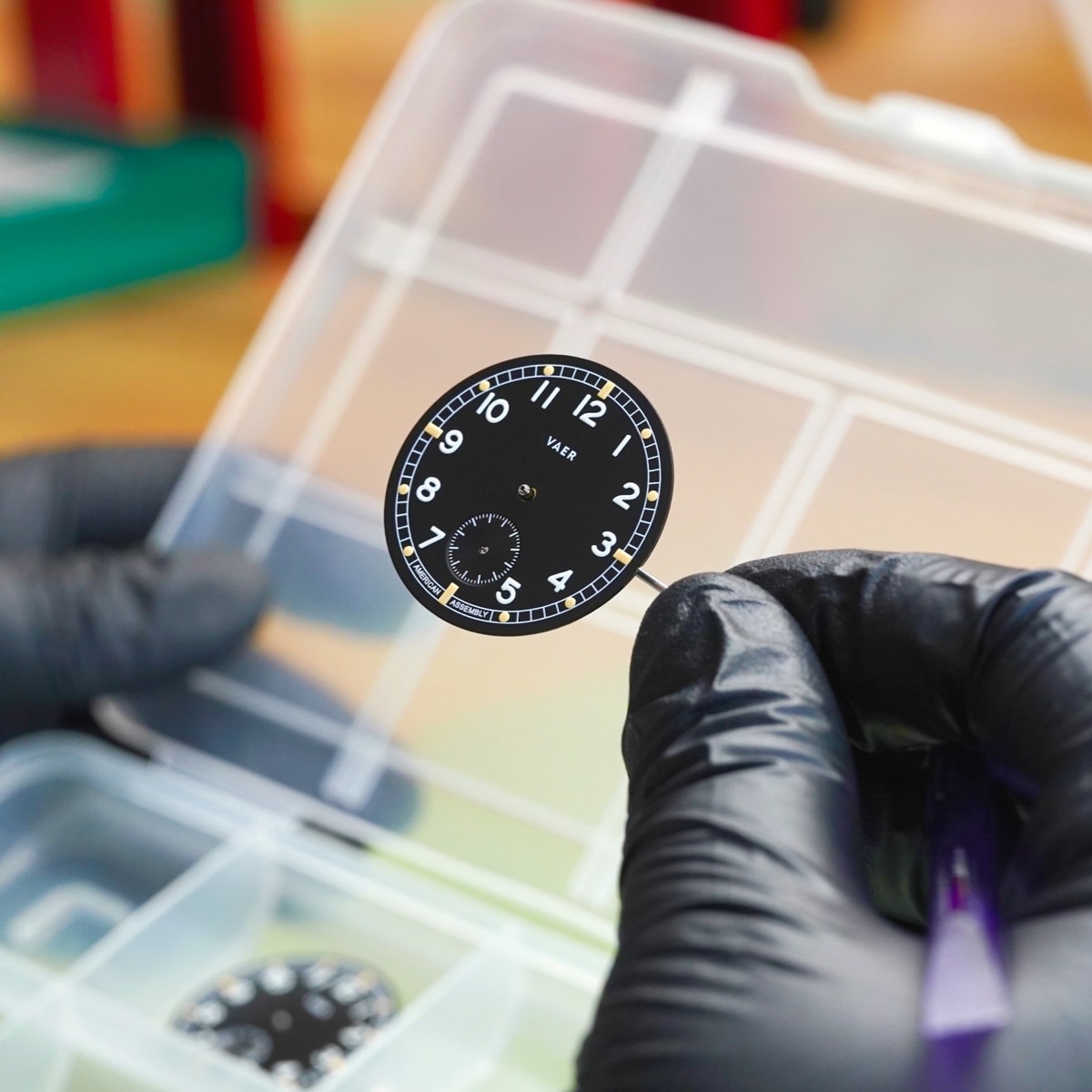
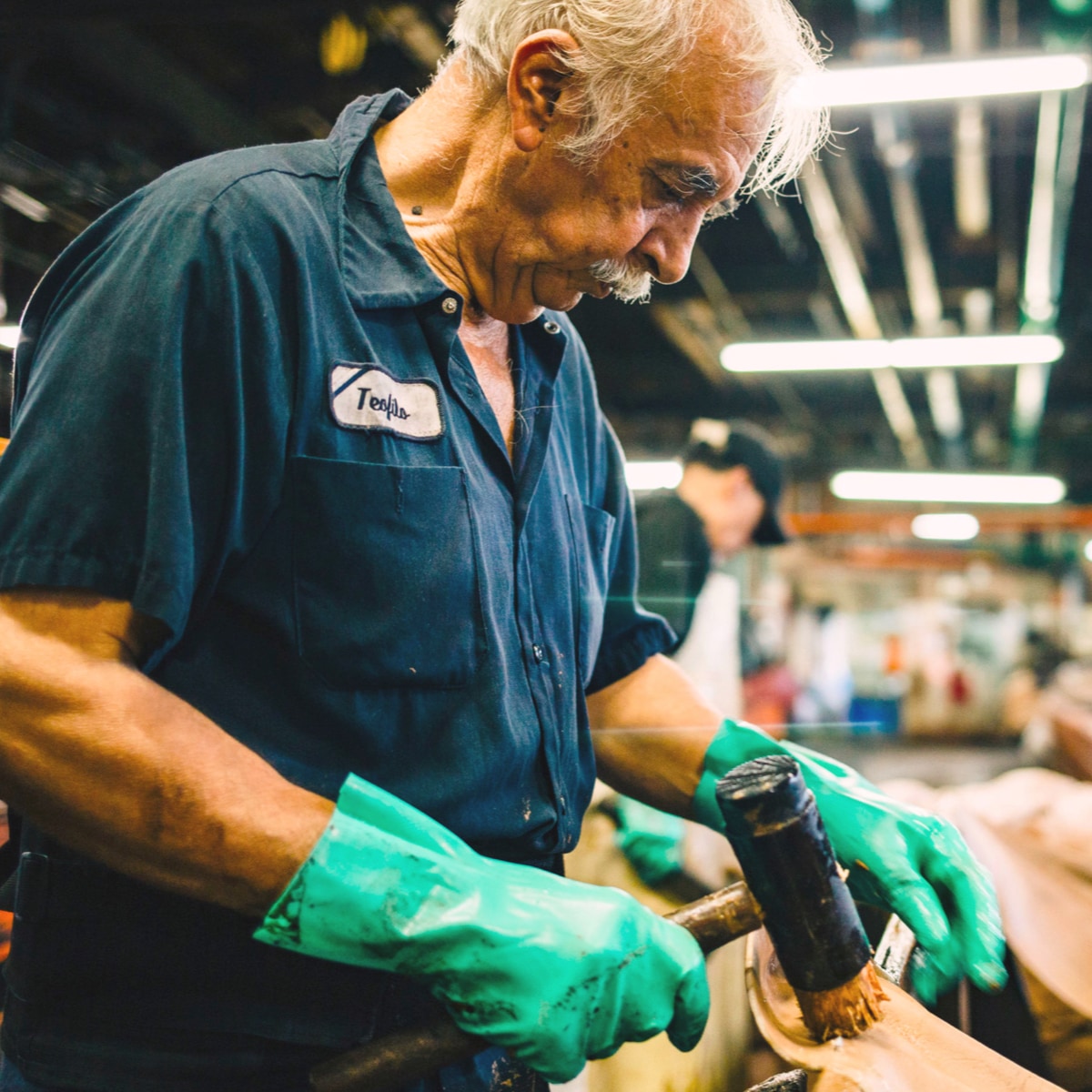
Learn More on the Vaer Blog
Our USA assembly process is a reflection of our dedication to quality and our commitment to maintaining the highest standards in watchmaking. It’s a complex, detailed operation that ensures every Vaer watch is not only a functional tool but a impressive representation of American craftsmanship.
Read MoreLearn More on the Vaer Blog
Our use of Ameriquartz movements in watches like the new Vaer C3 and C5 Dirty Dozen field watches represents a significant reinvestment in American watch manufacturing capabilities. By partnering with FTS, we are not only reviving a storied tradition but also pushing the boundaries of what is possible in American watchmaking.
Read MoreLearn More on the Vaer Blog
Like our watches, ensuring best-in-class leather quality means focusing on the details and doing the little things right. We've worked to constantly improve and refine our leather products, and we're incredibly proud of the quality, craftsmanship and source origin of our current offering.
Read More

